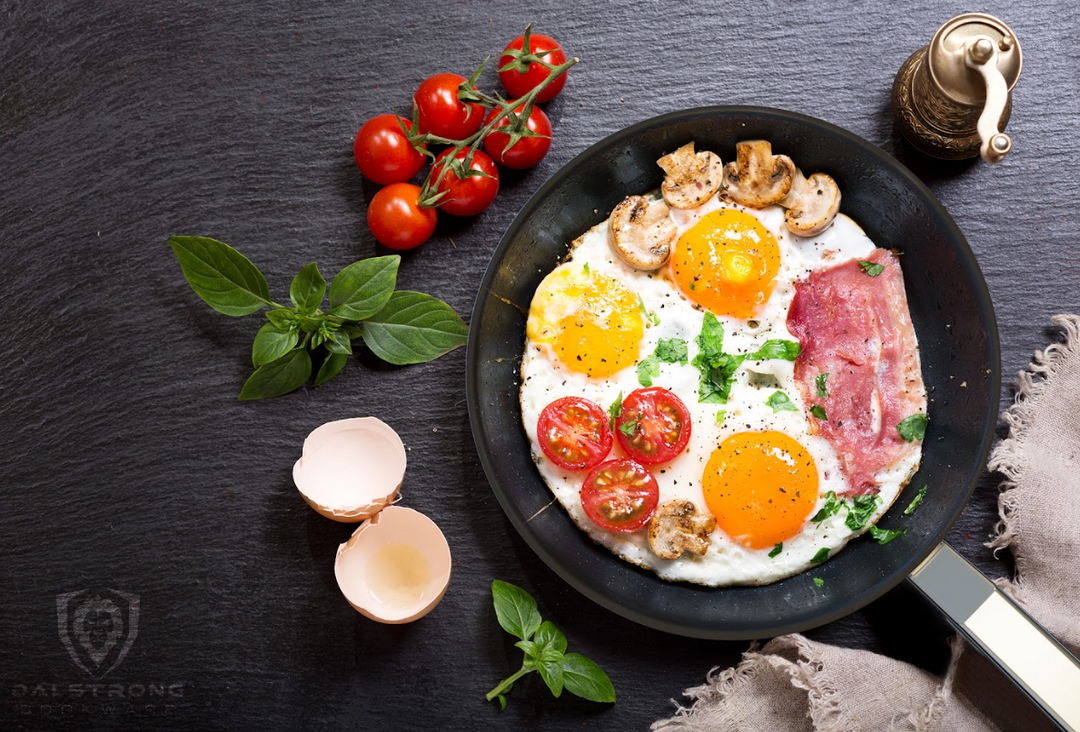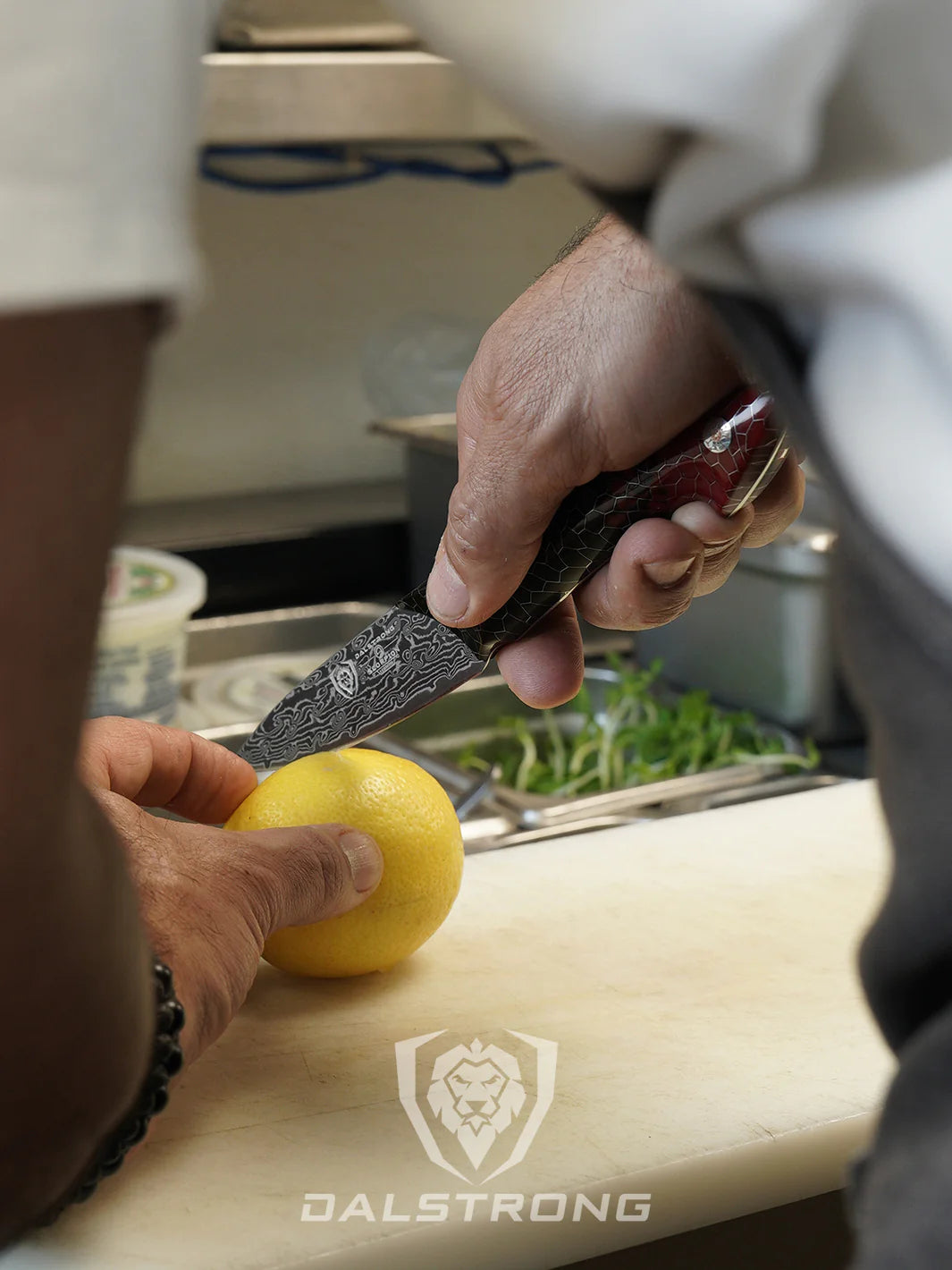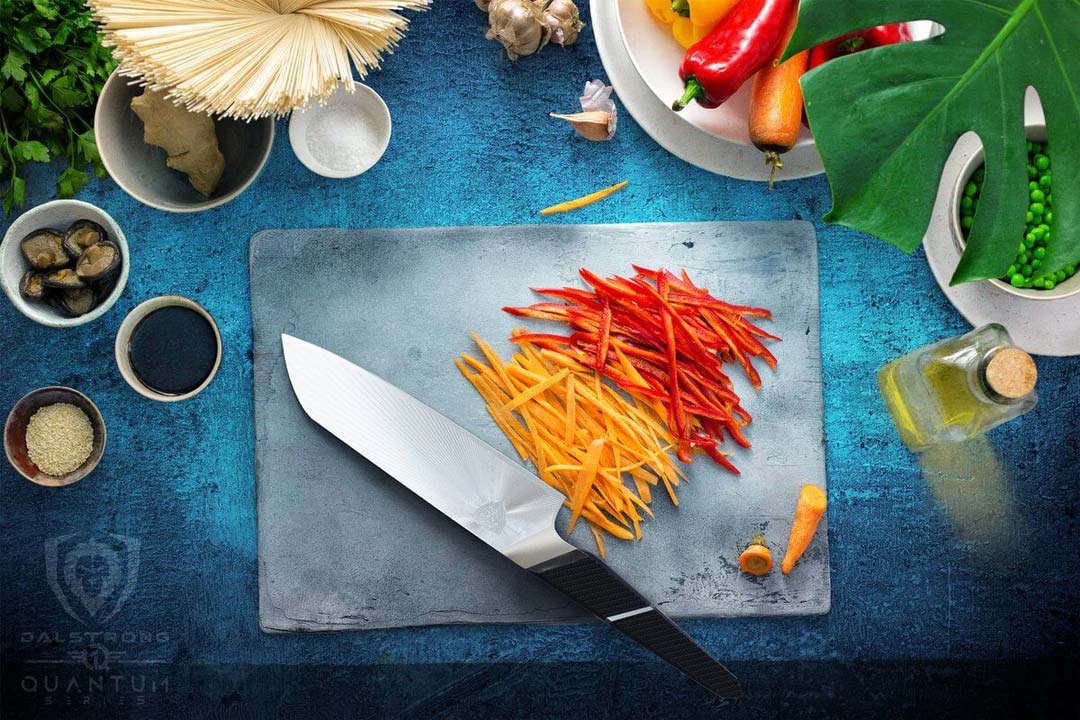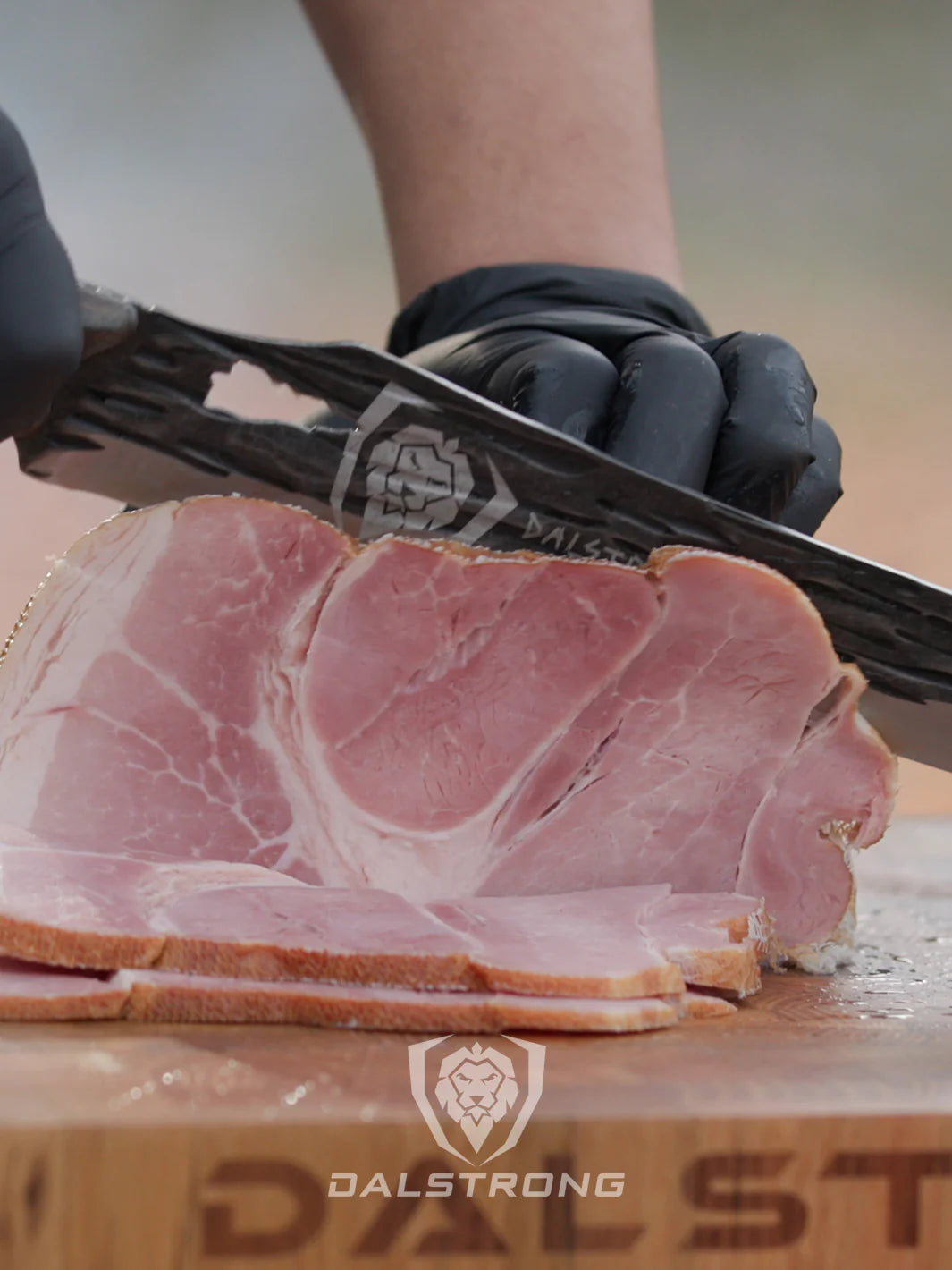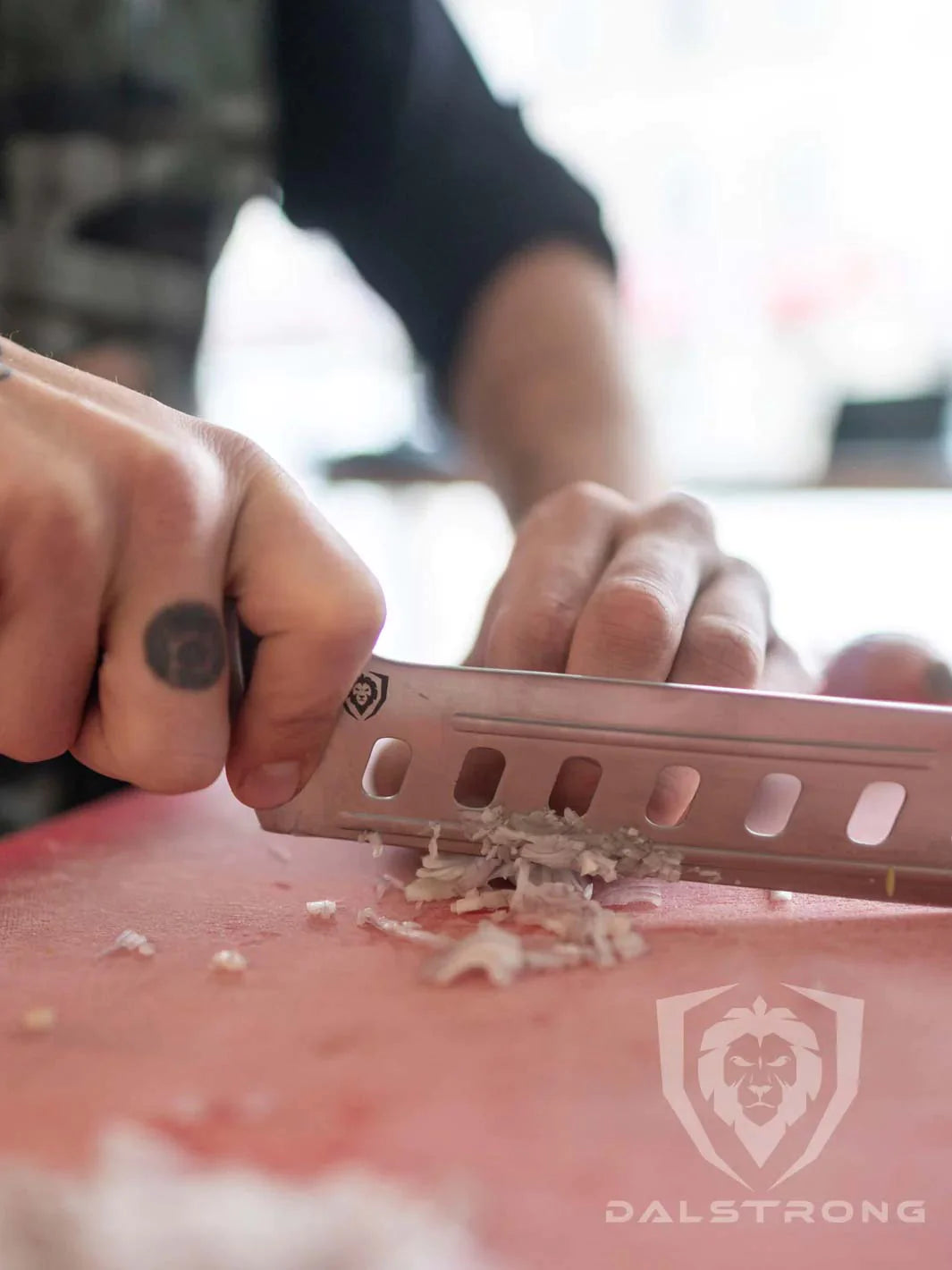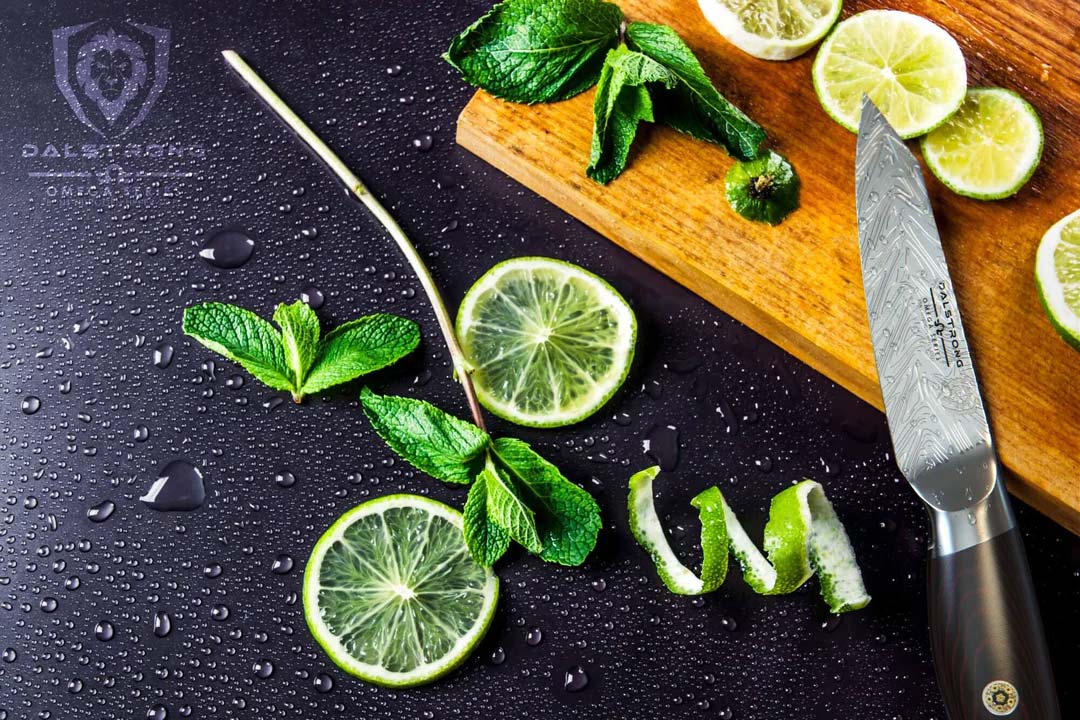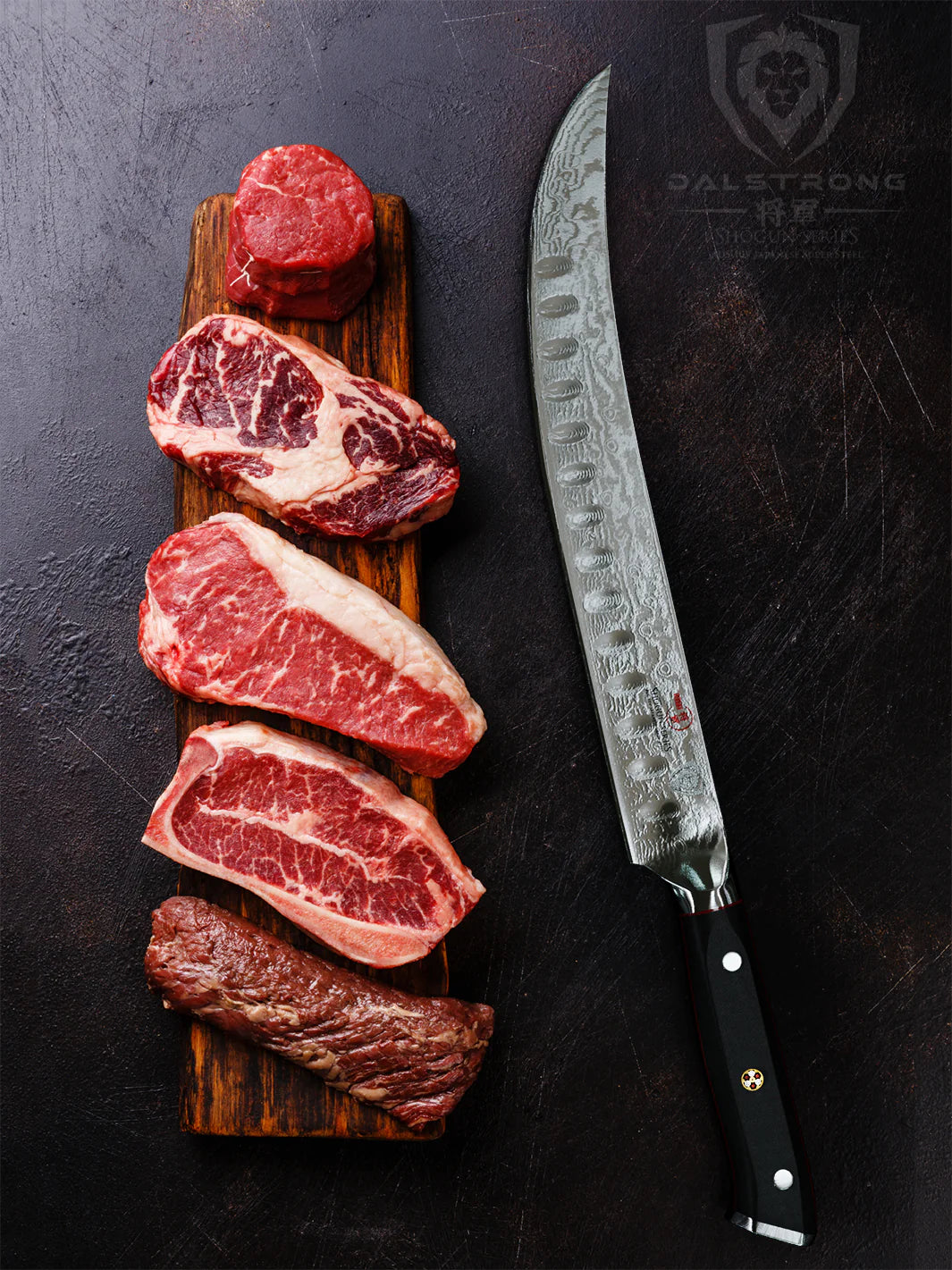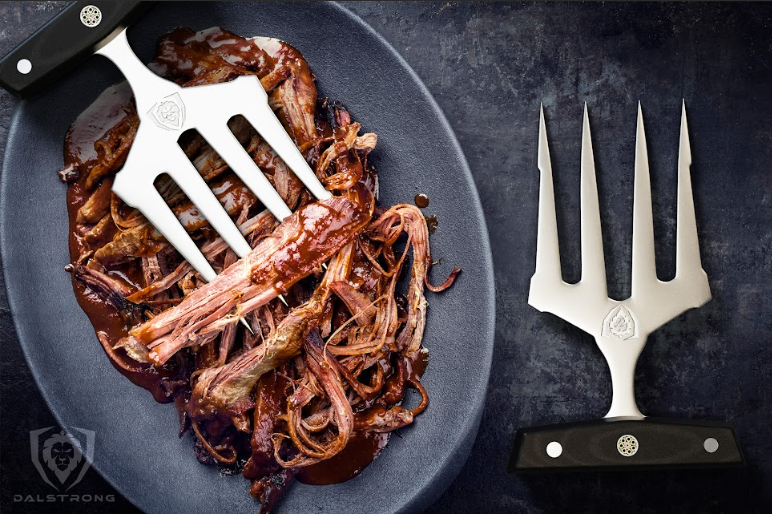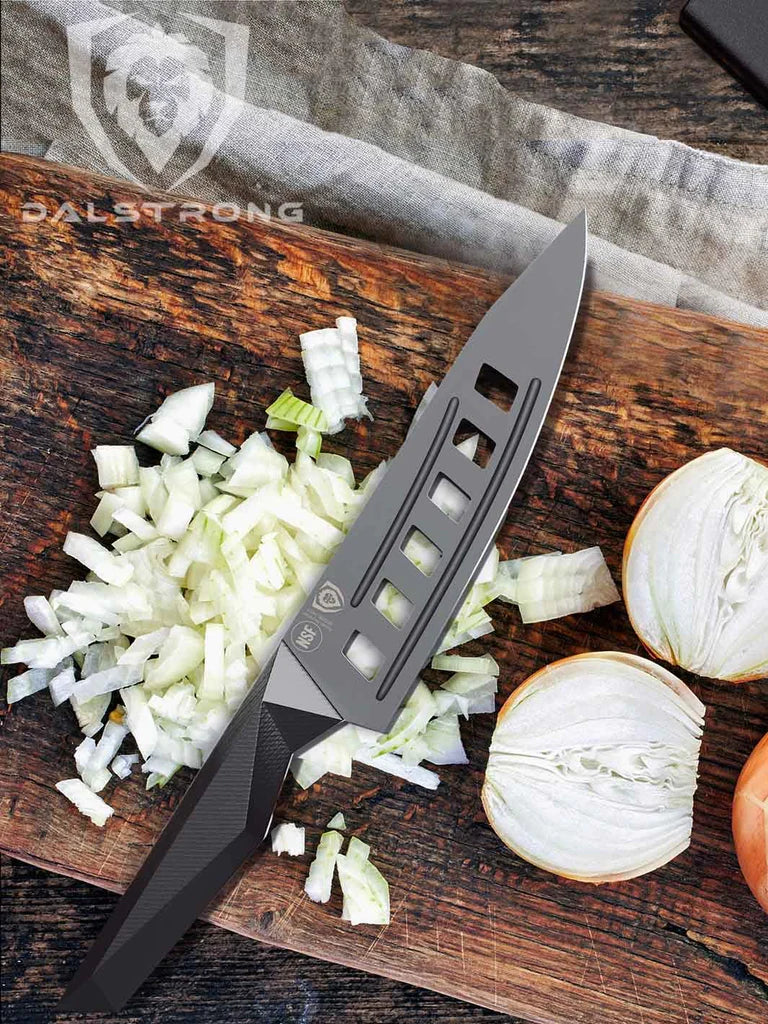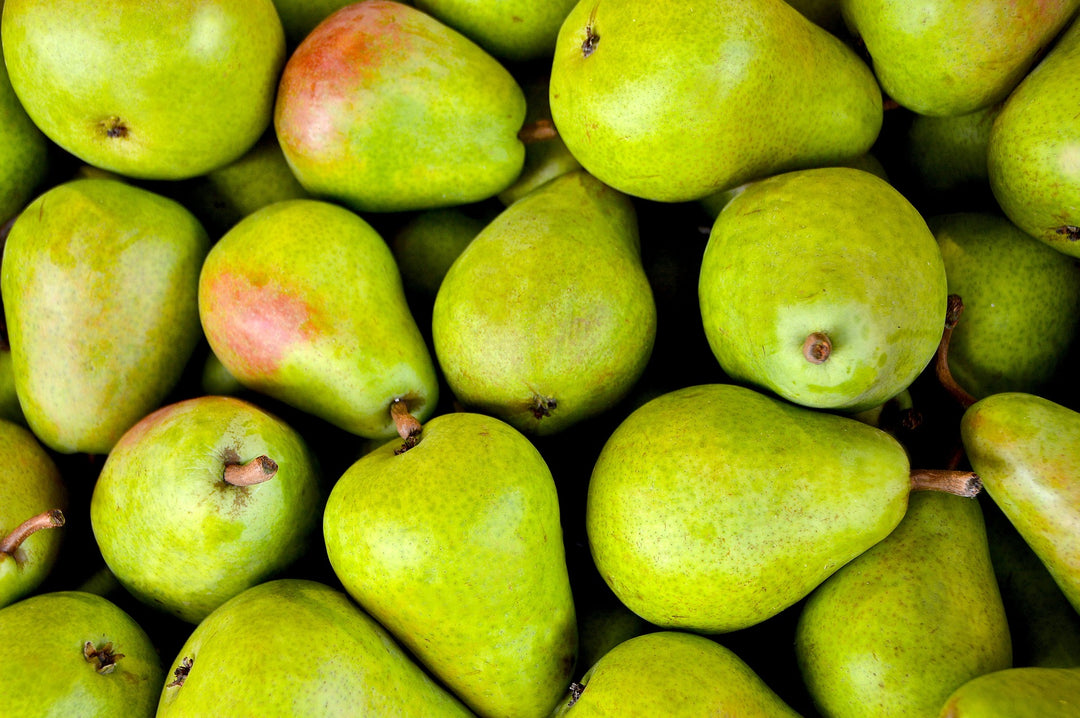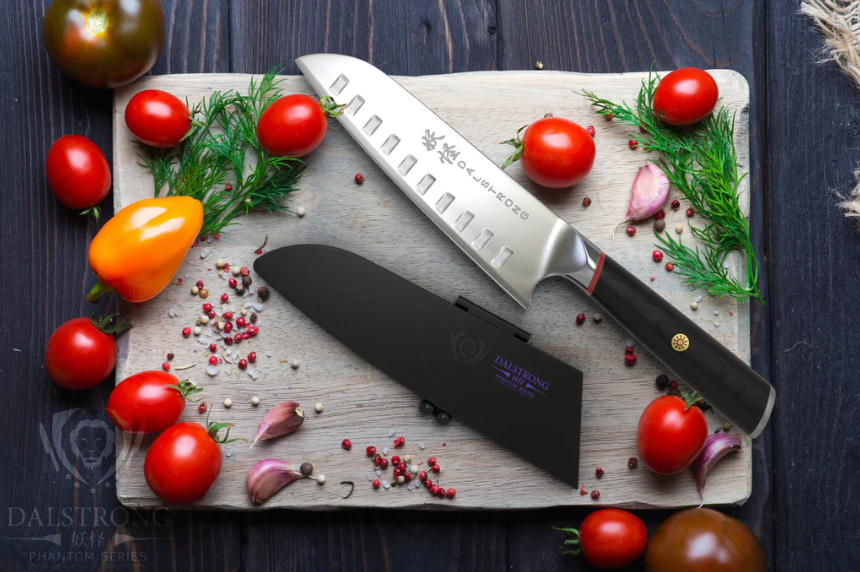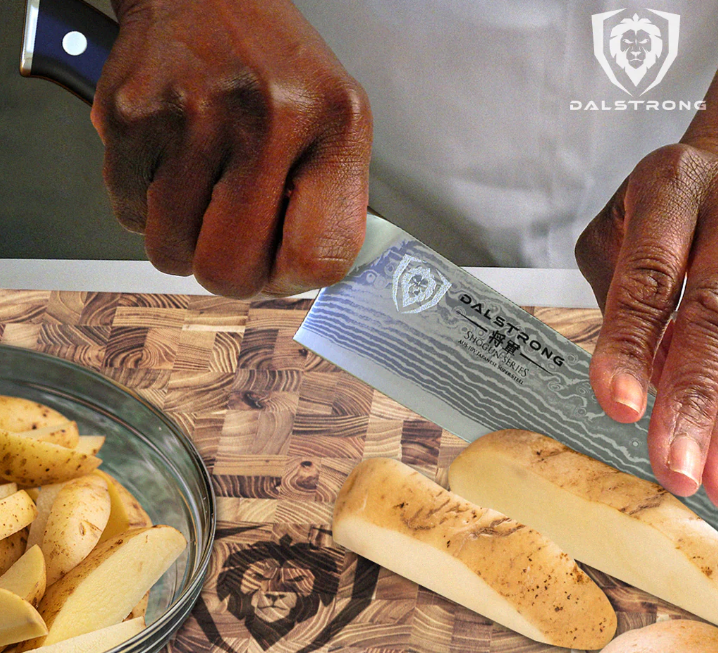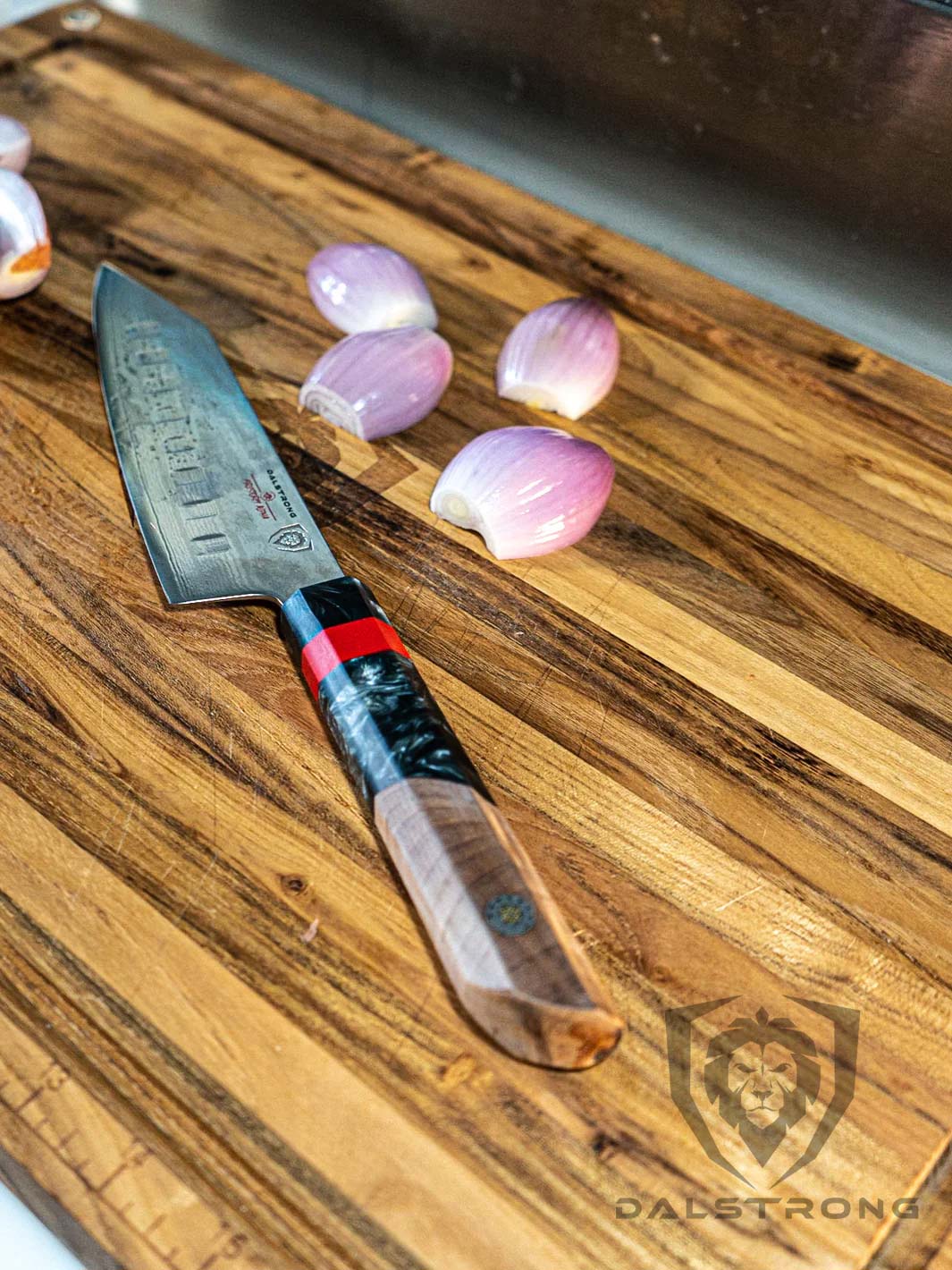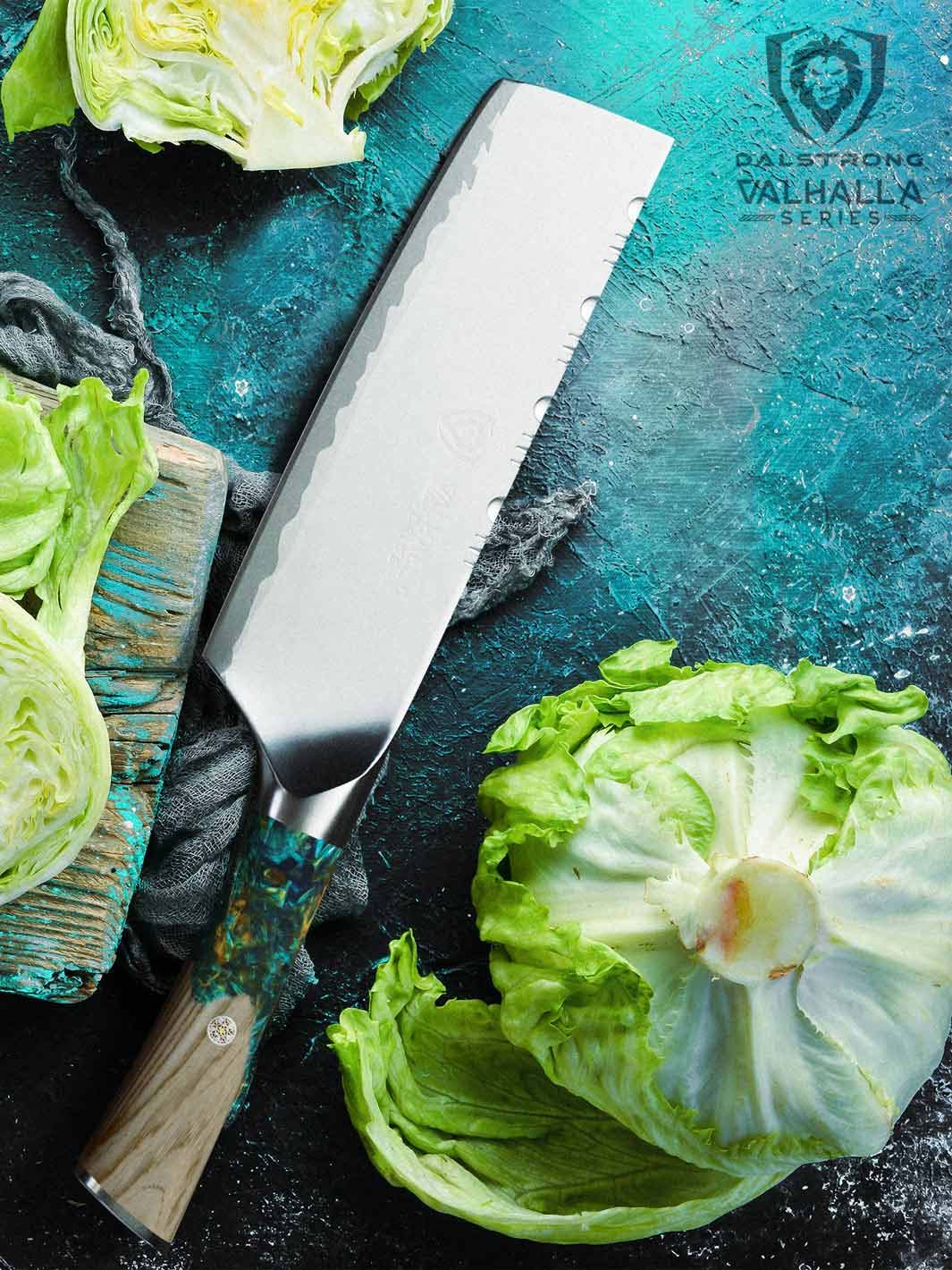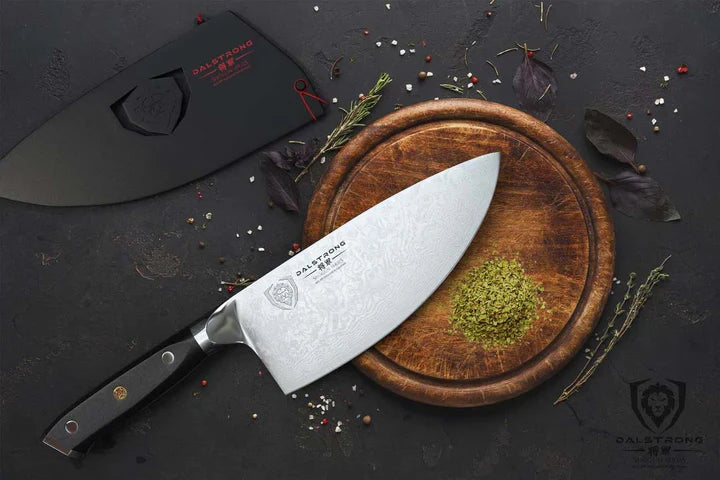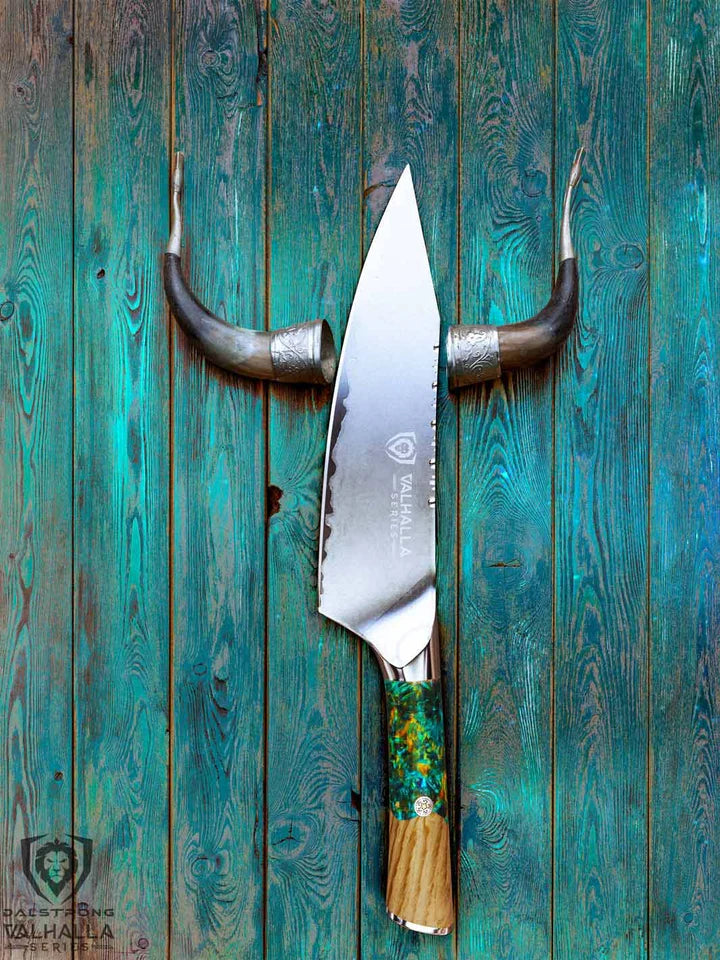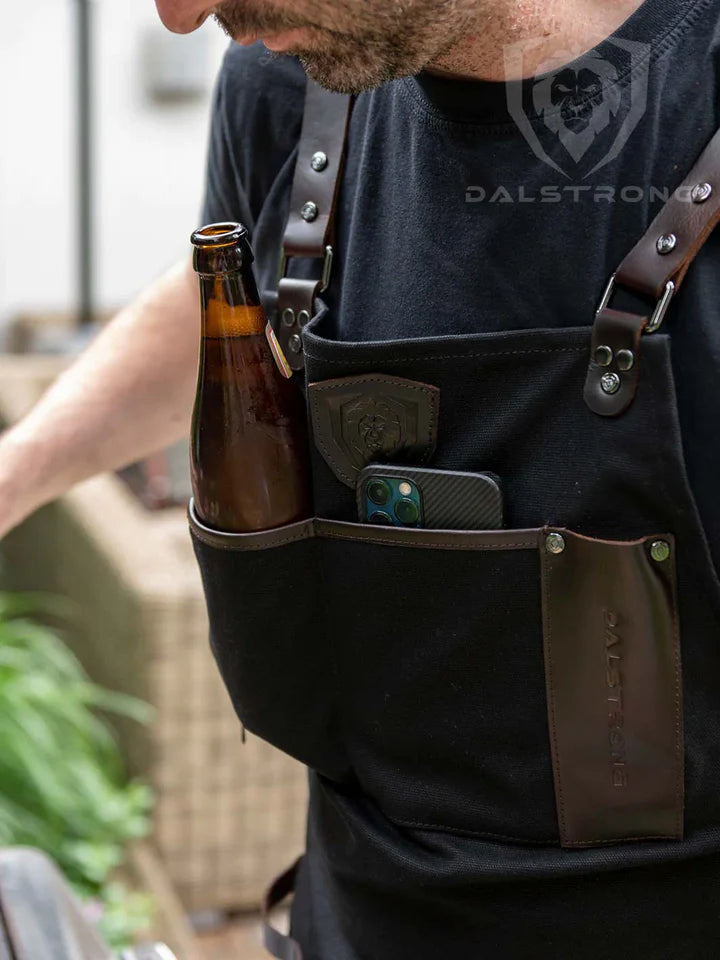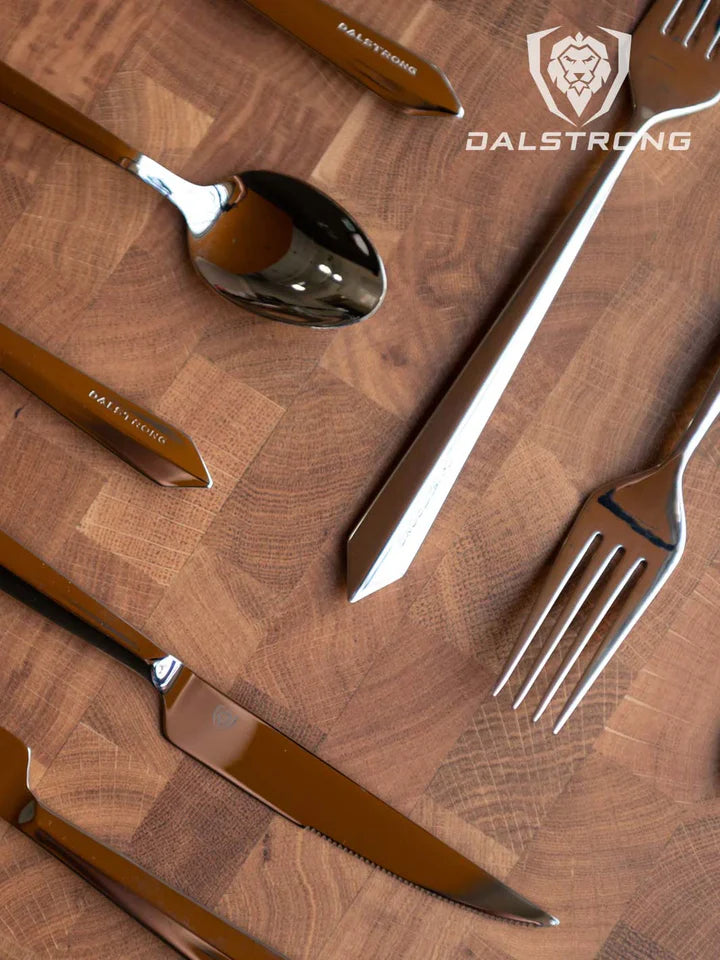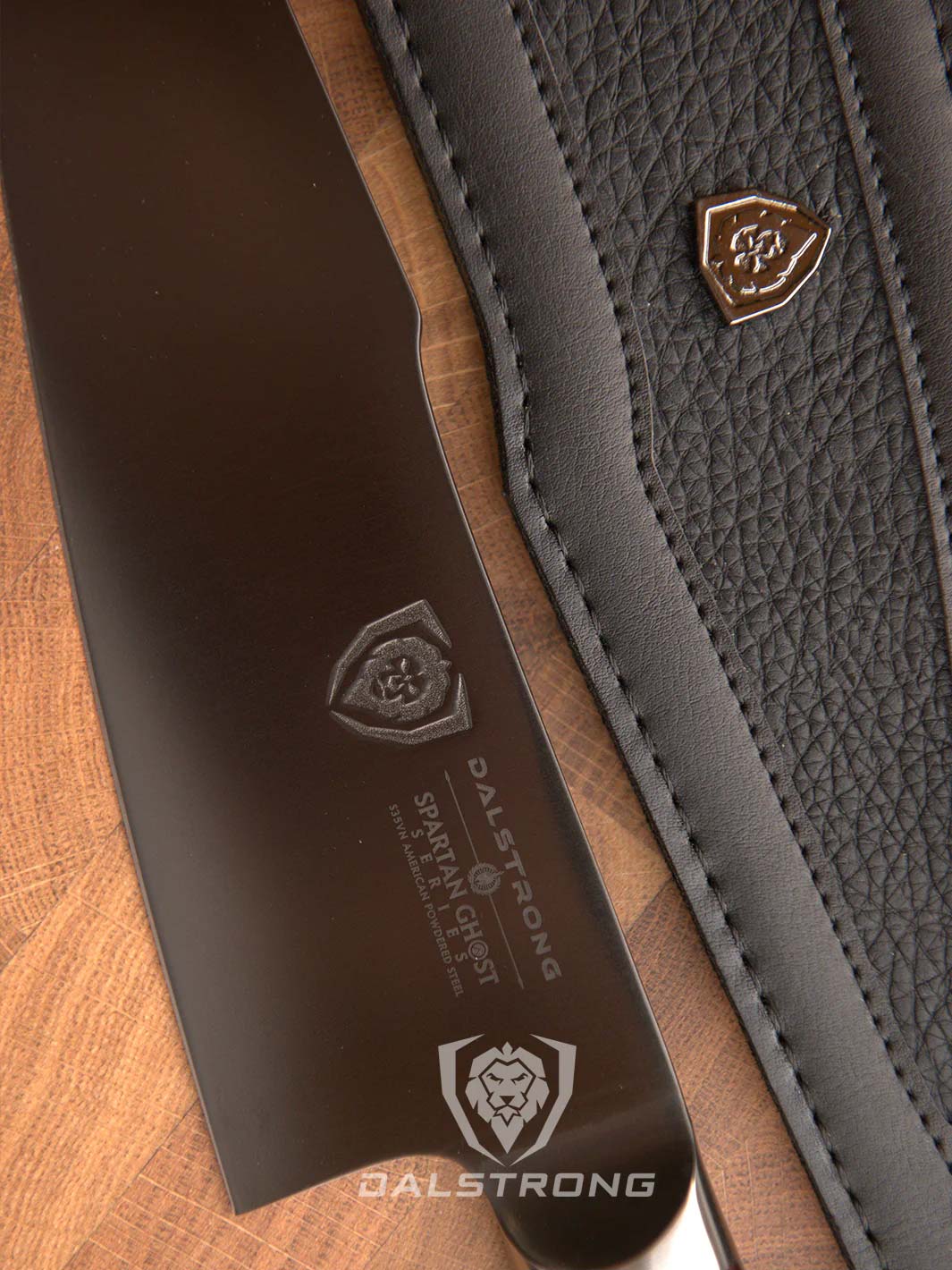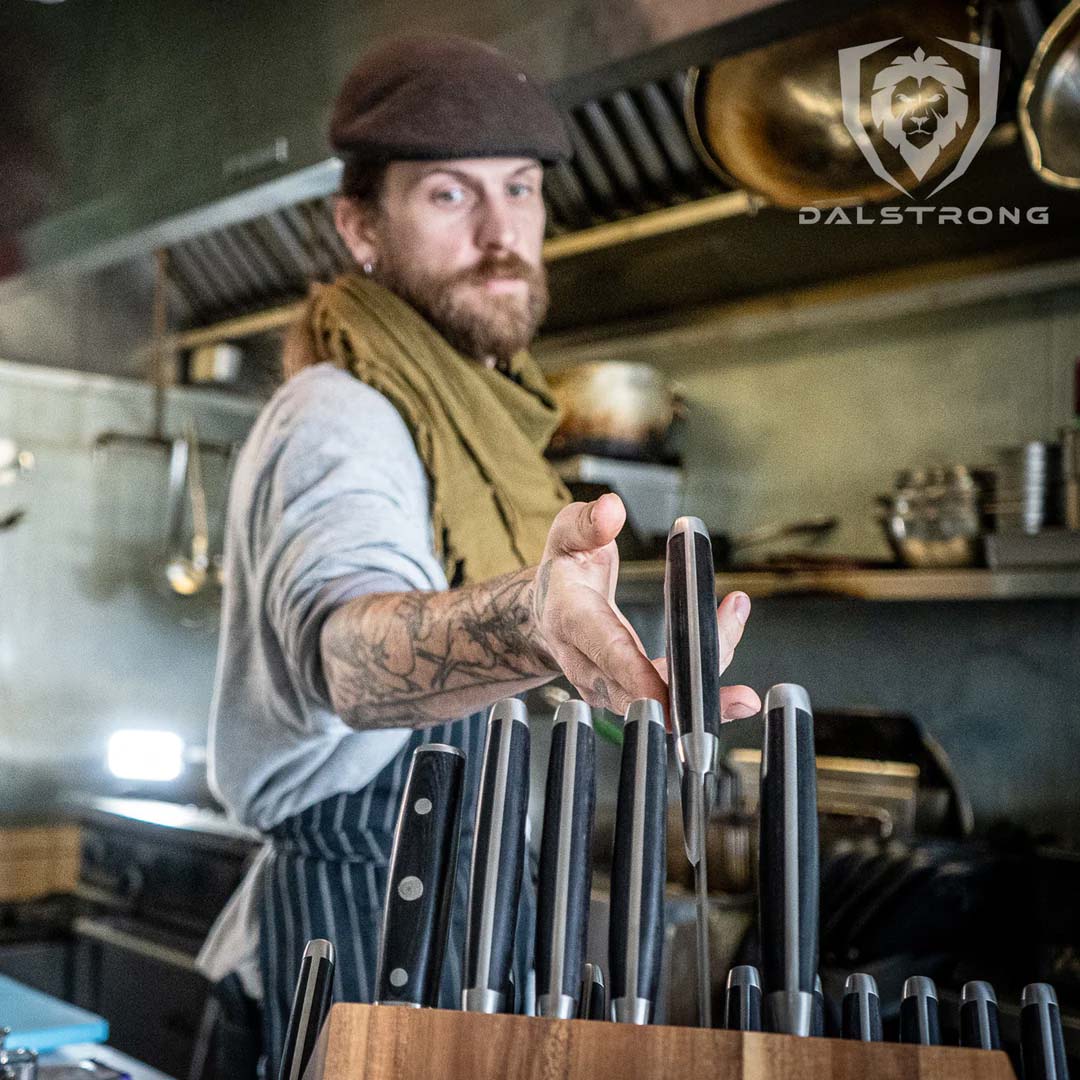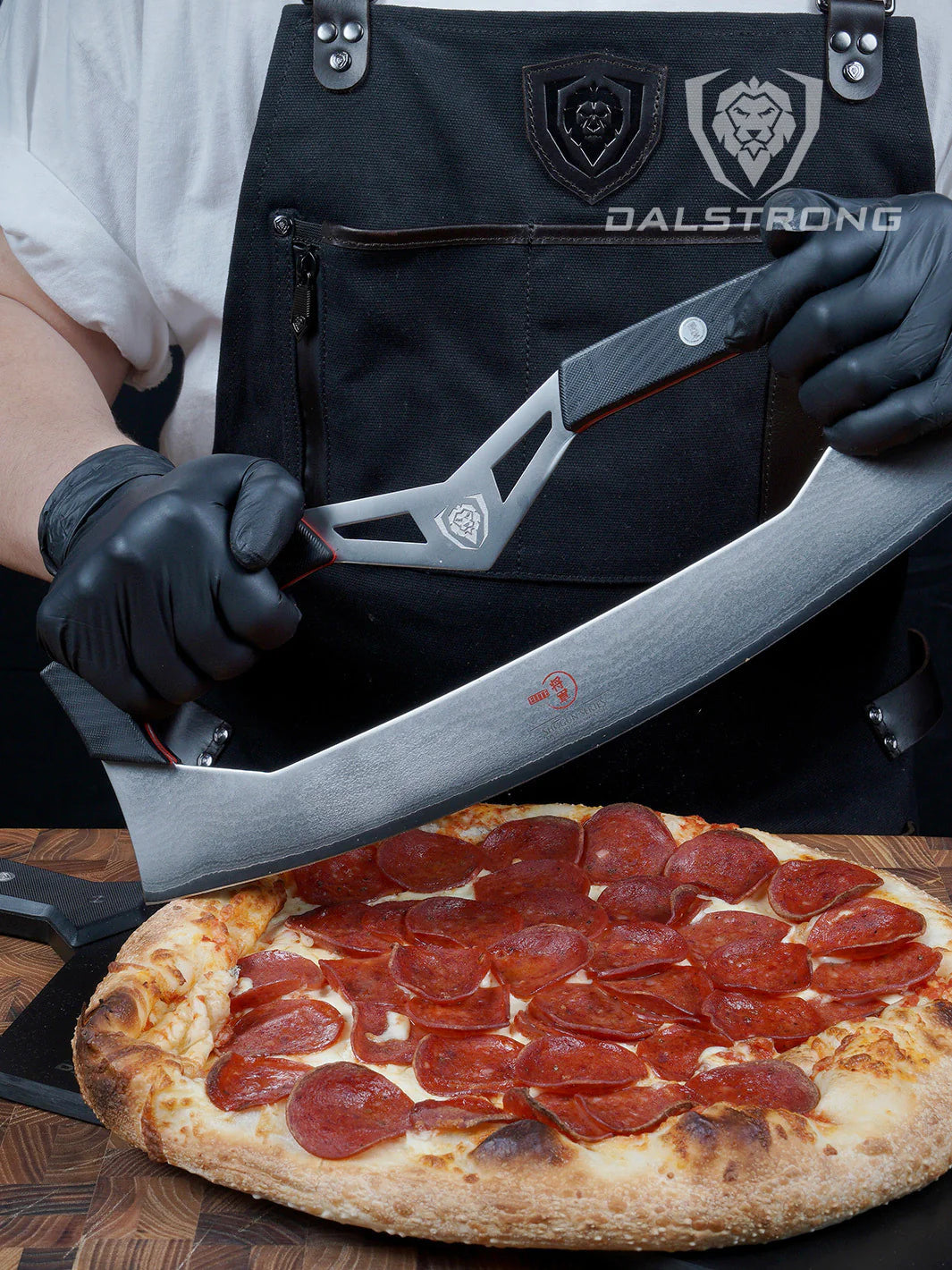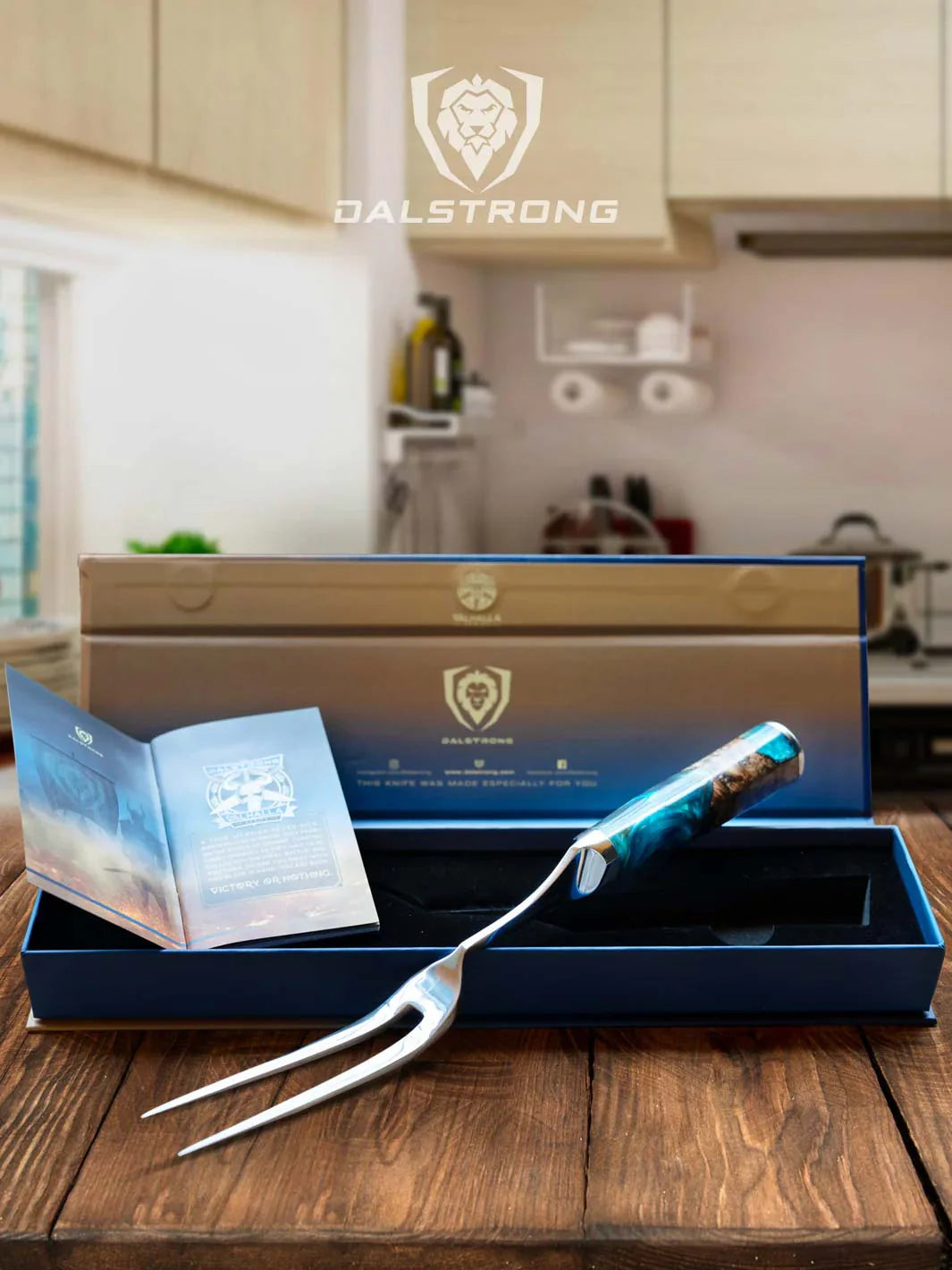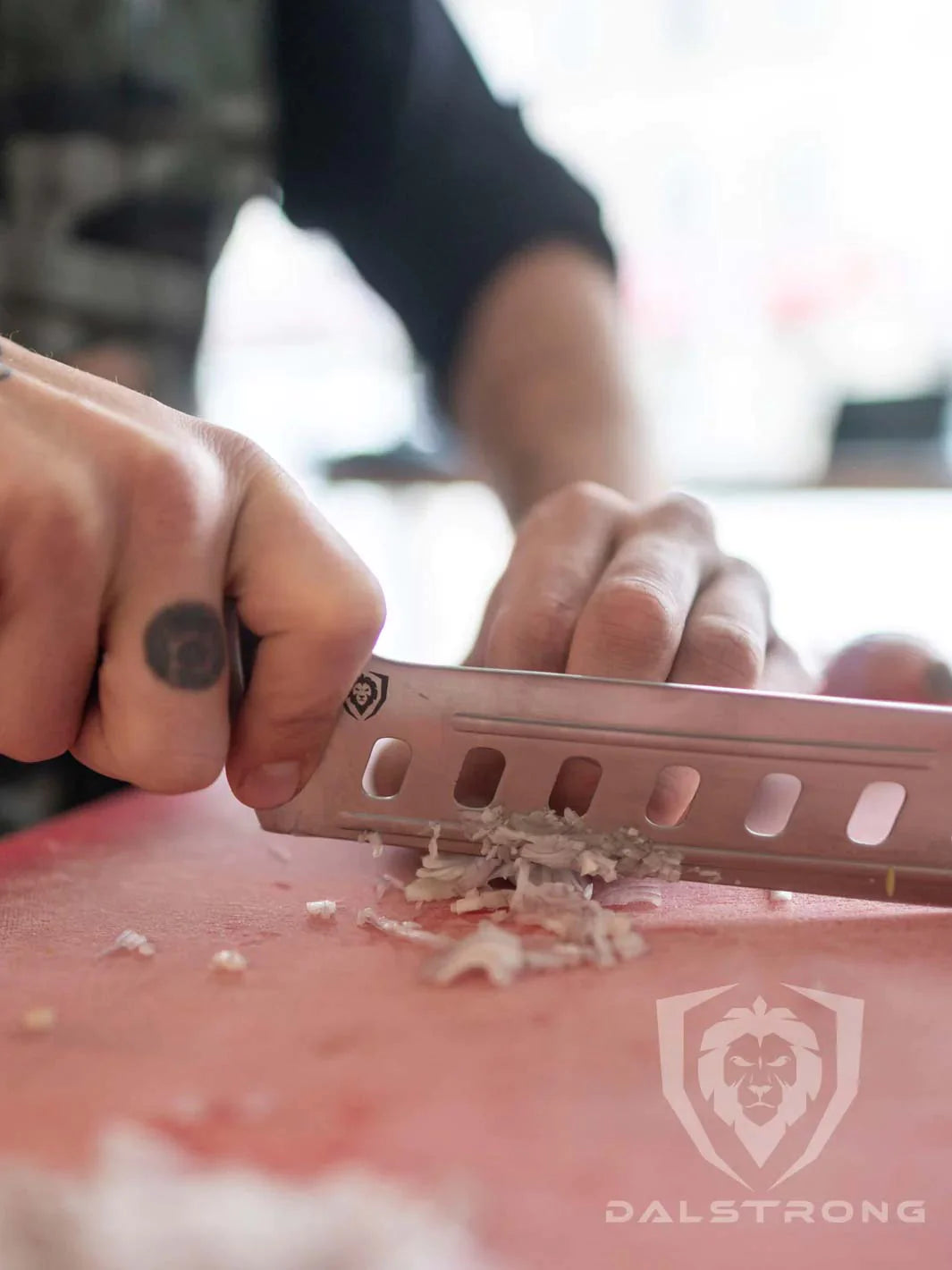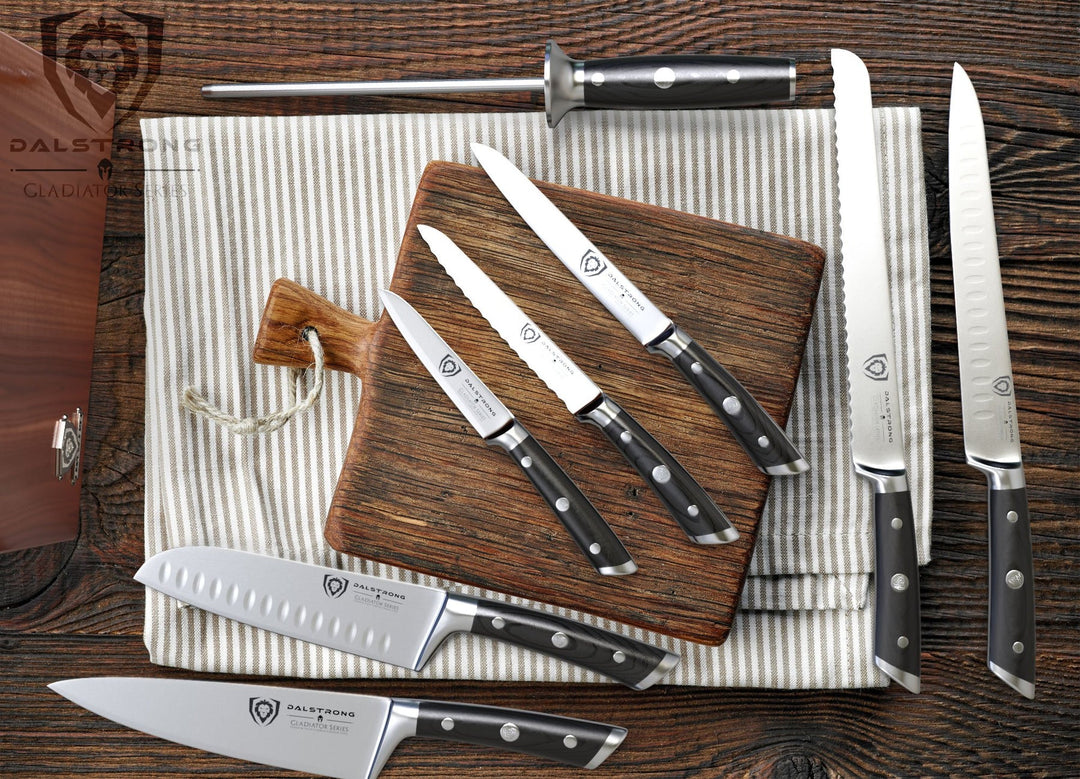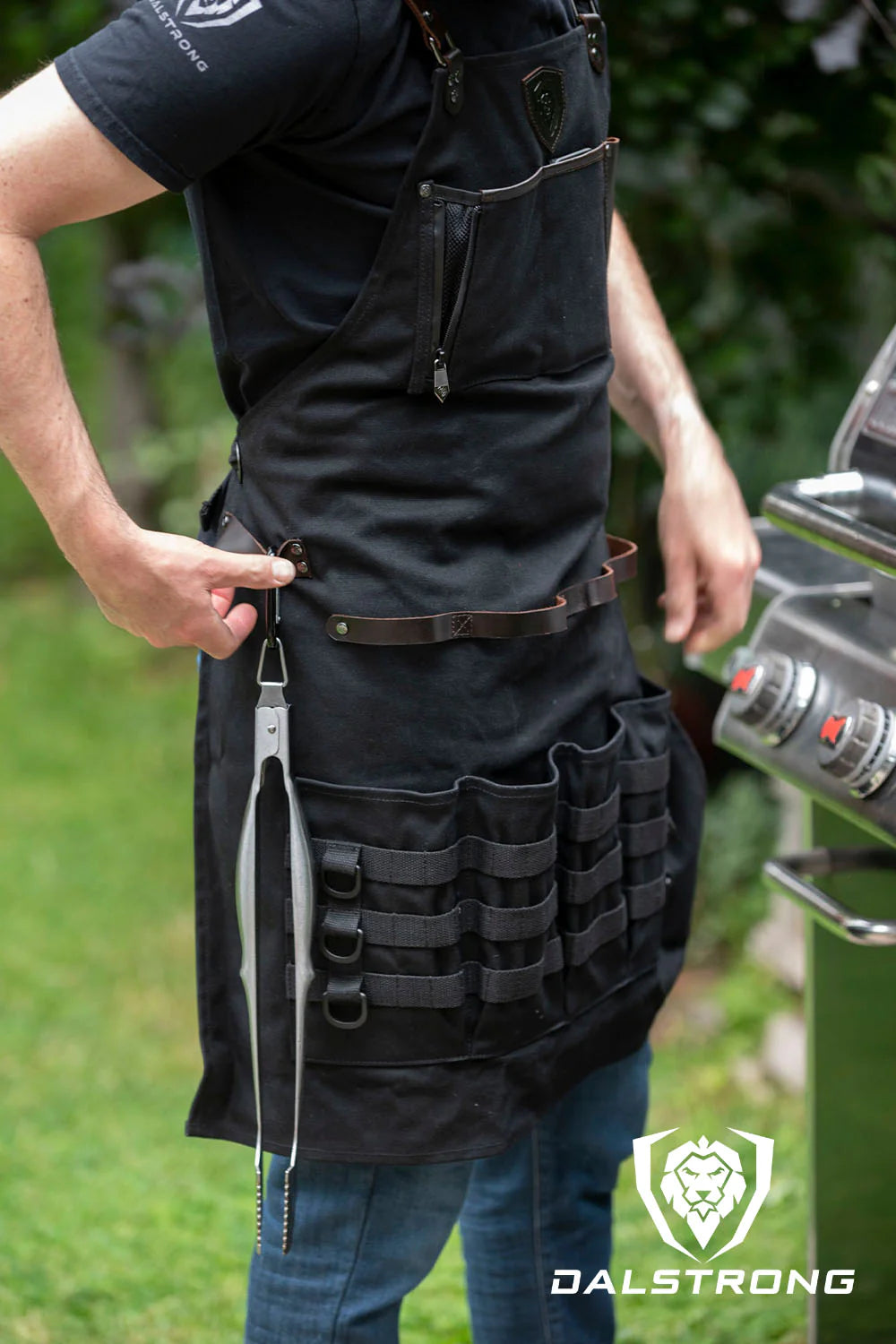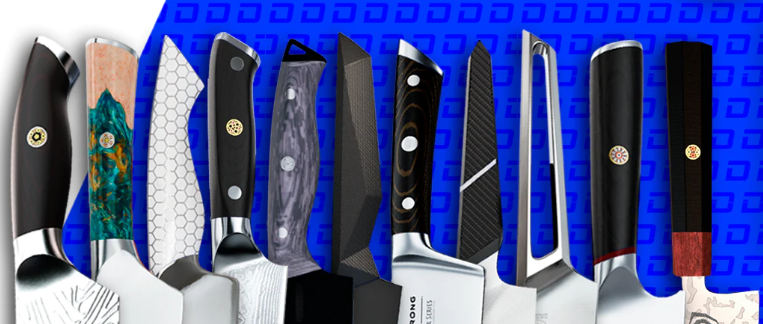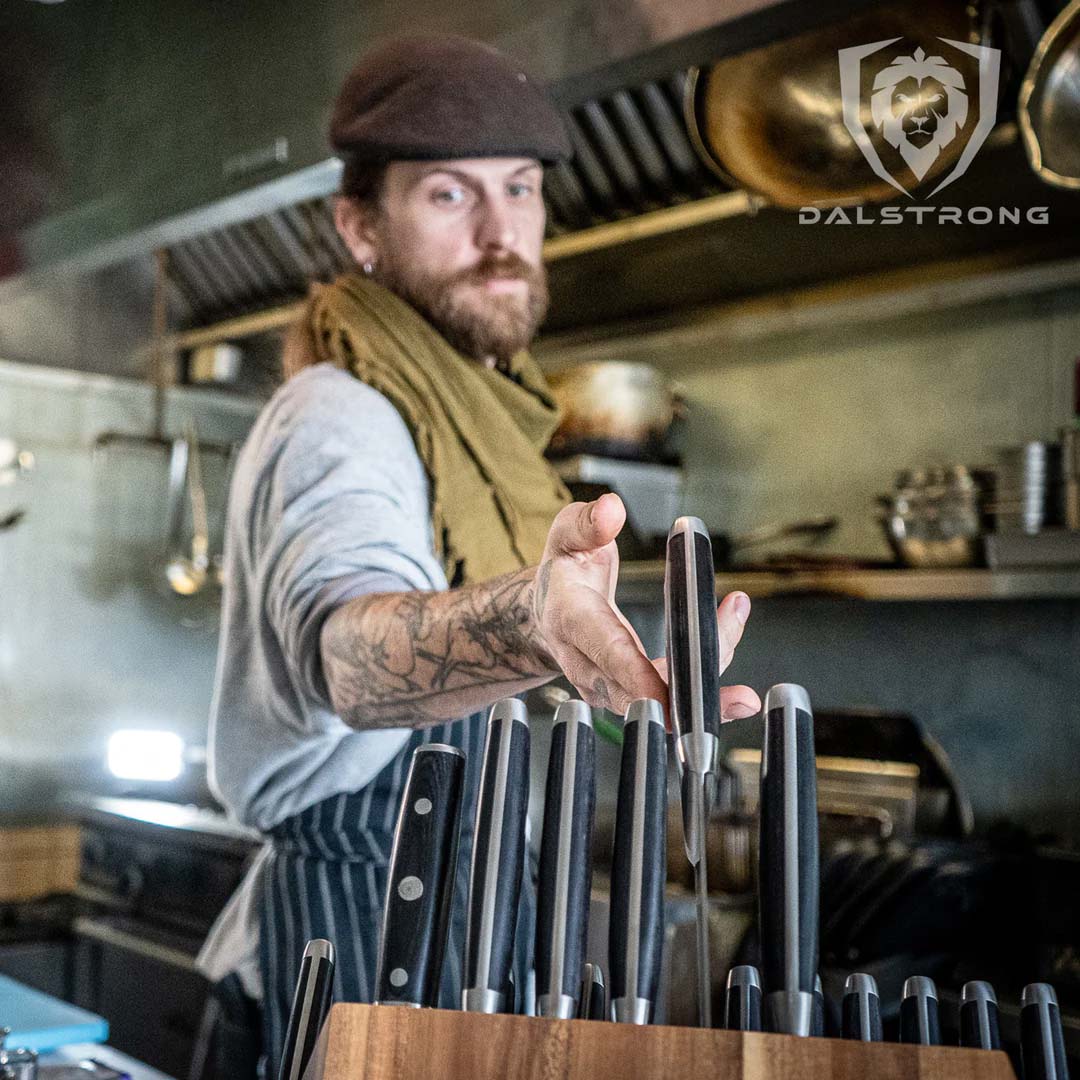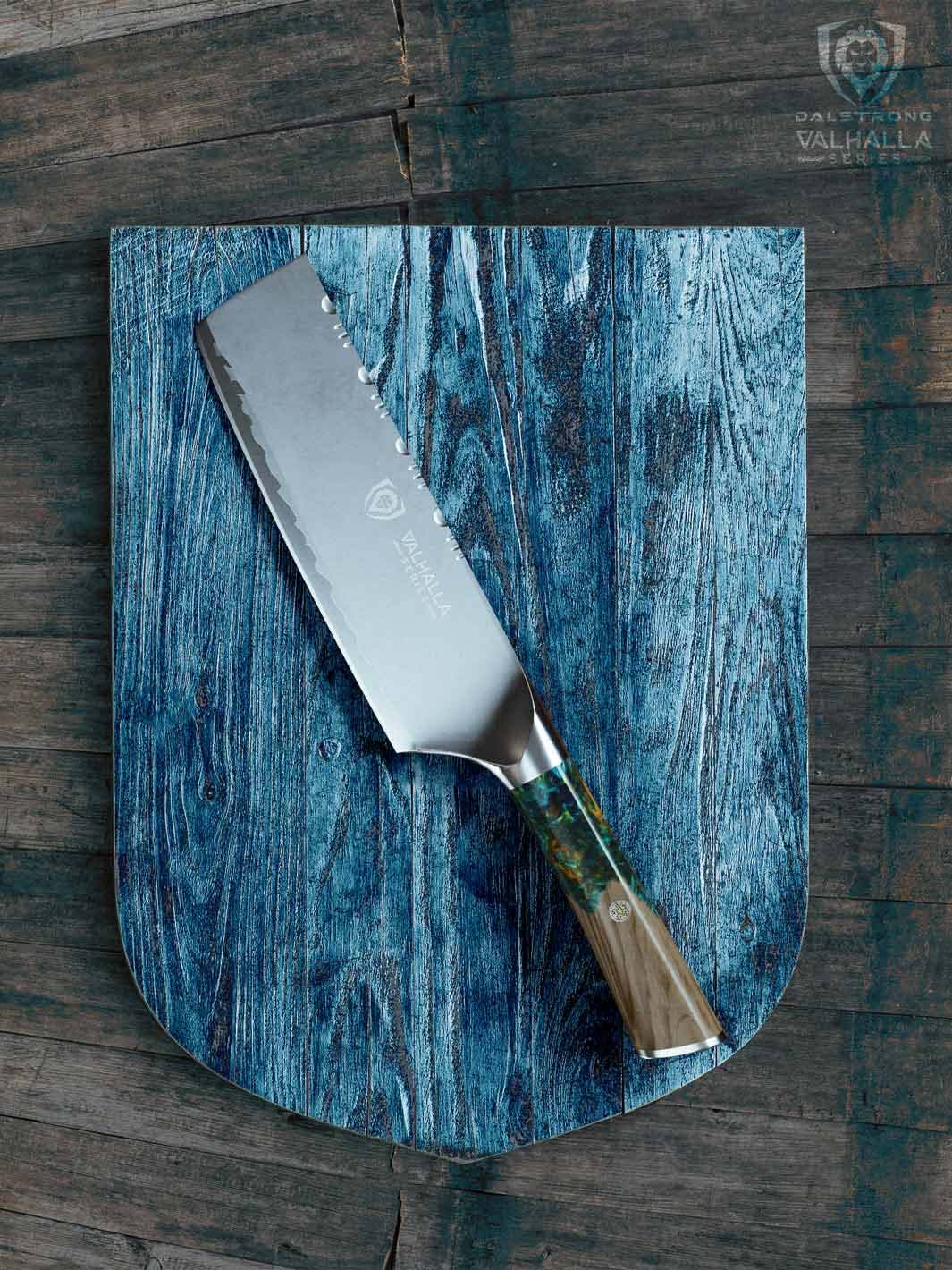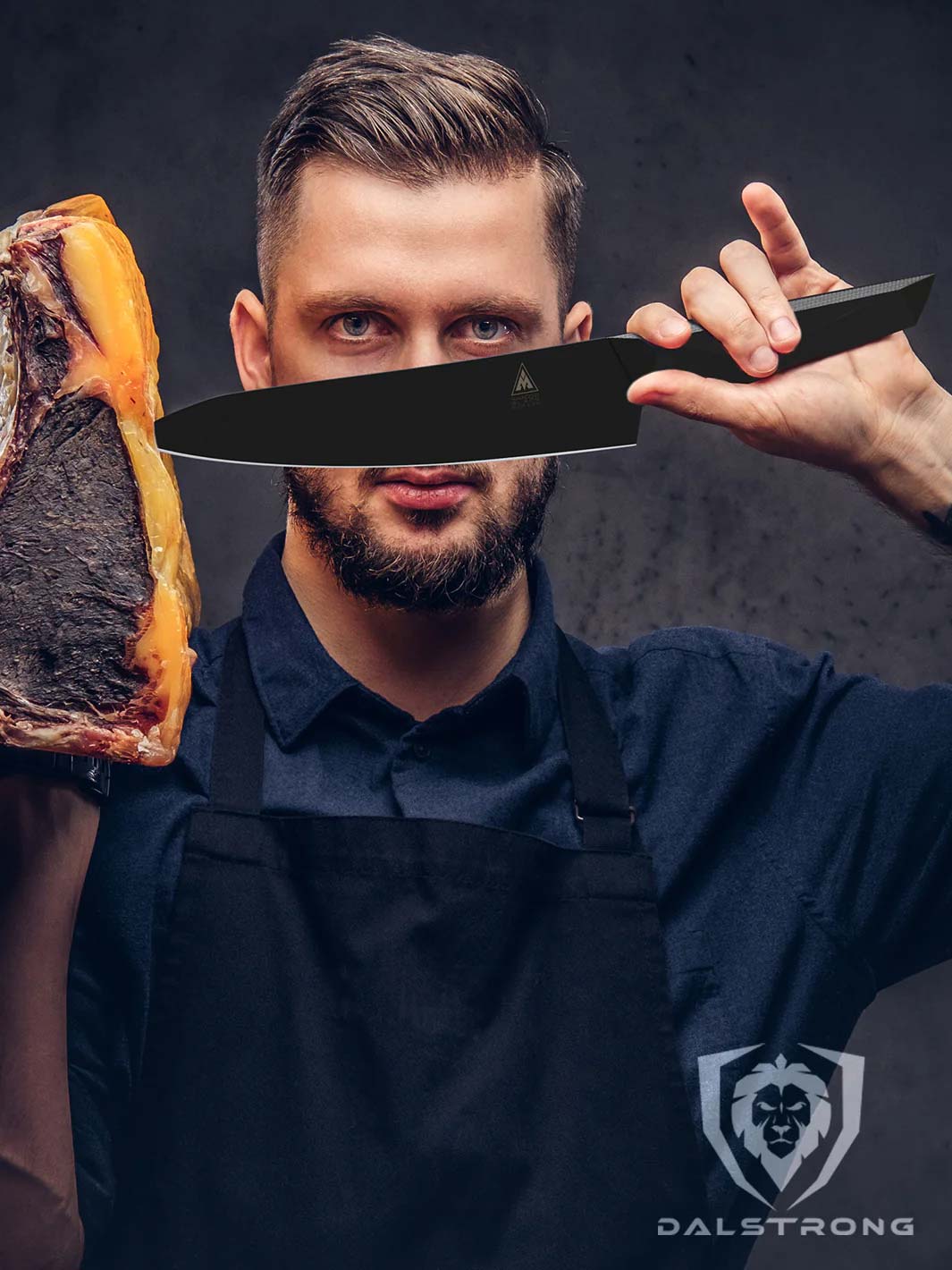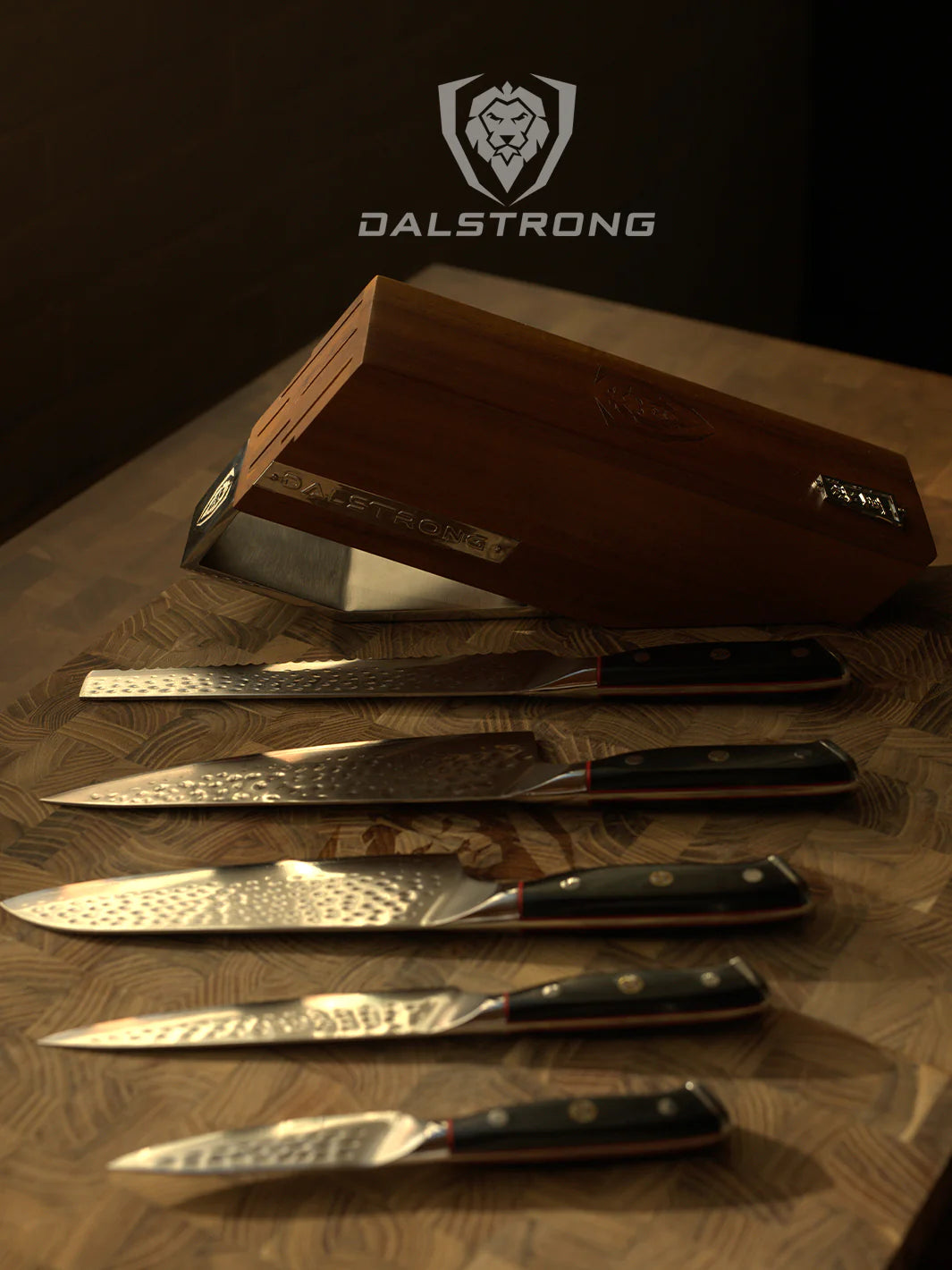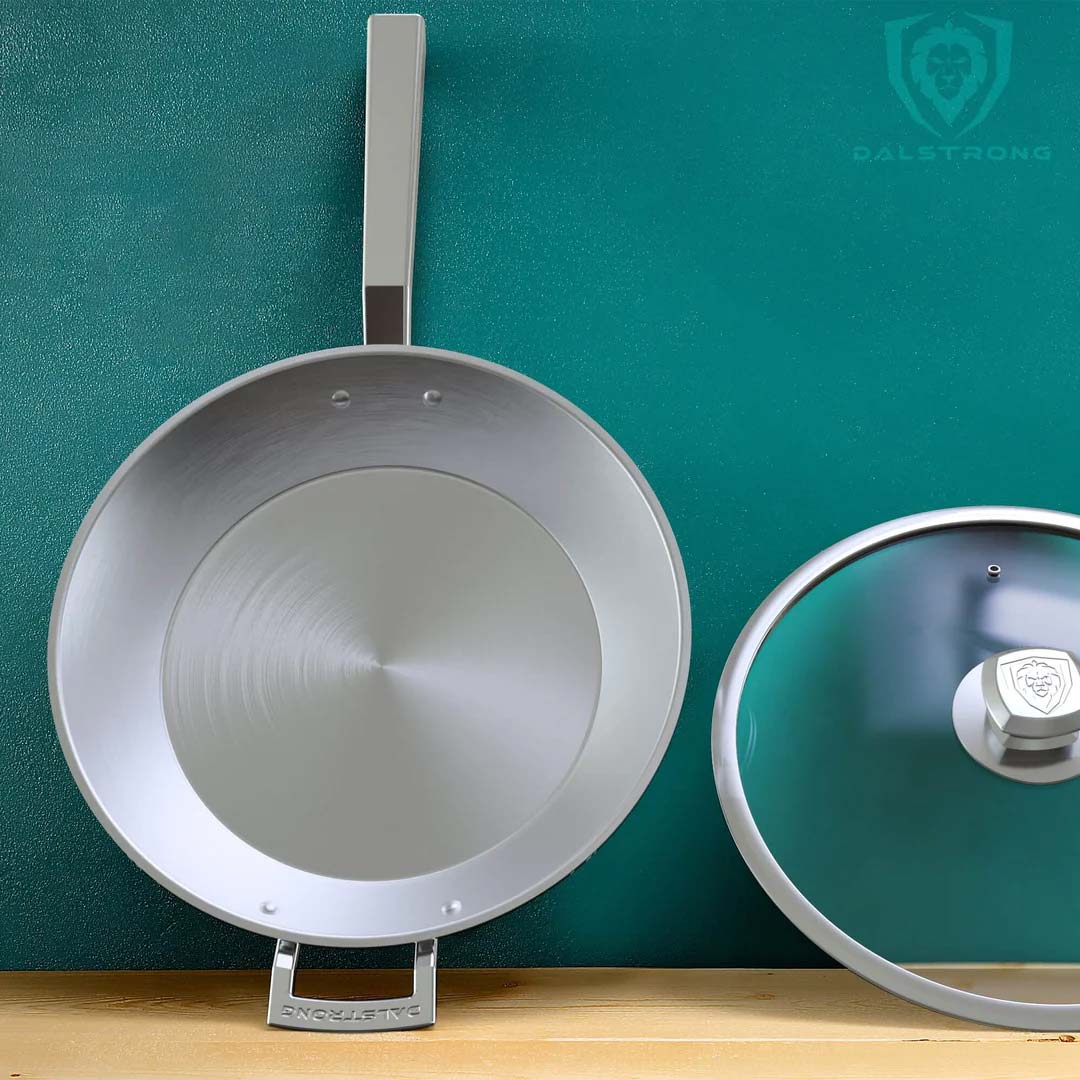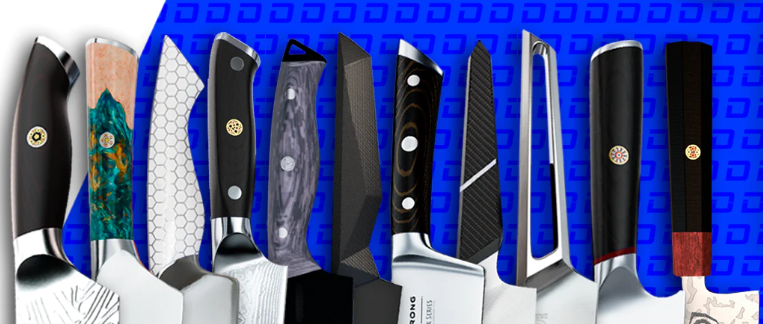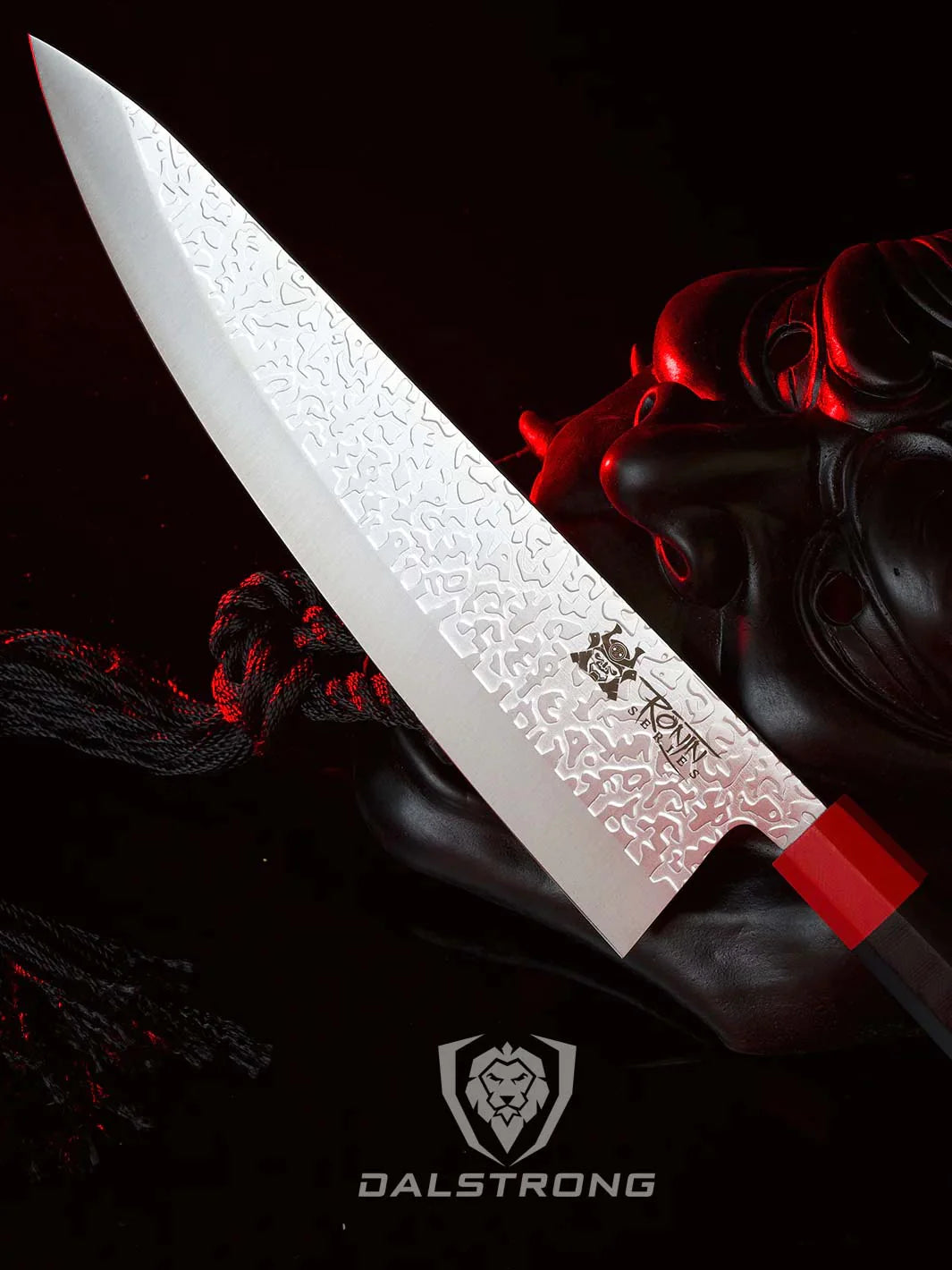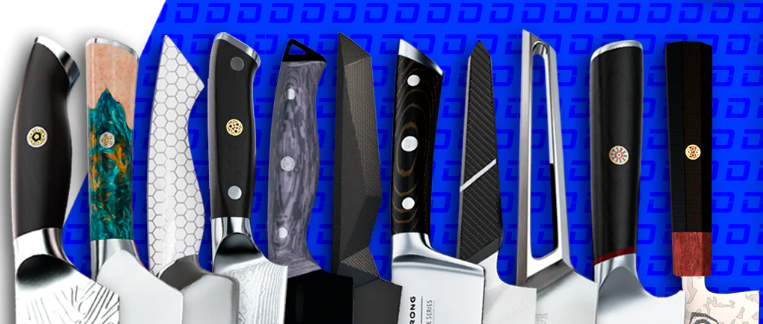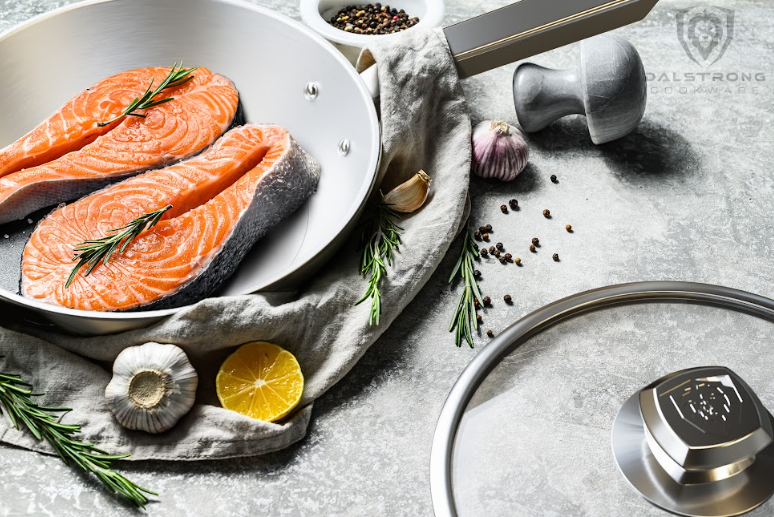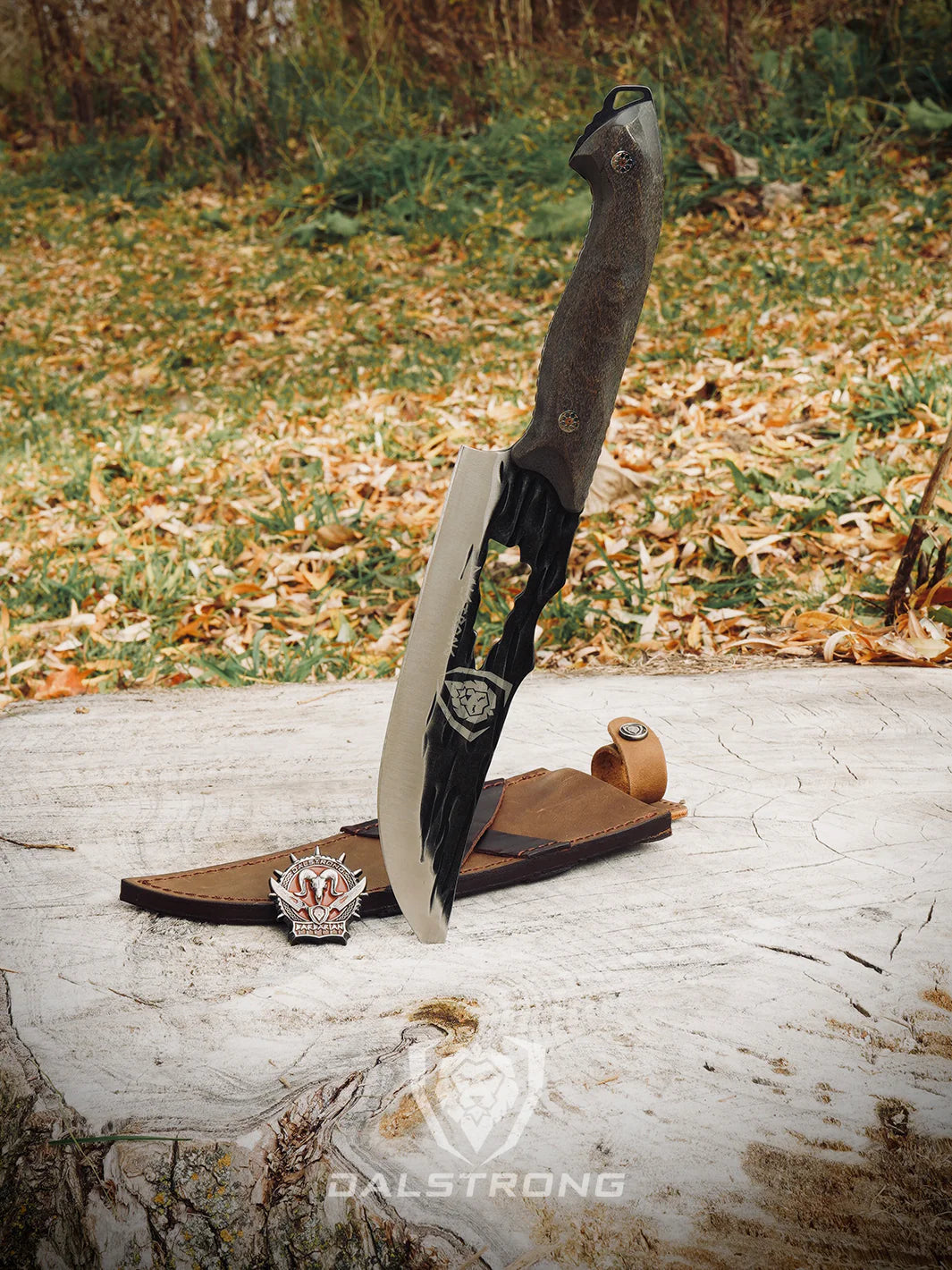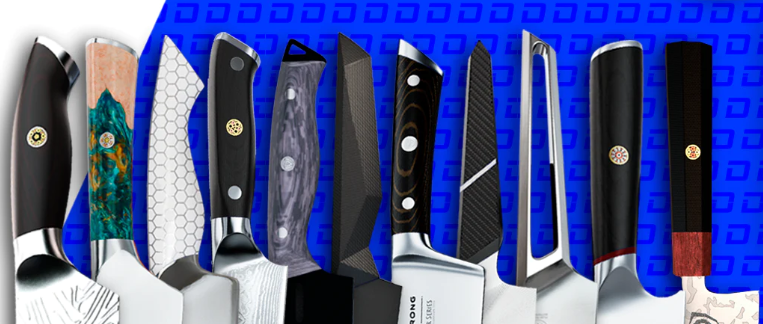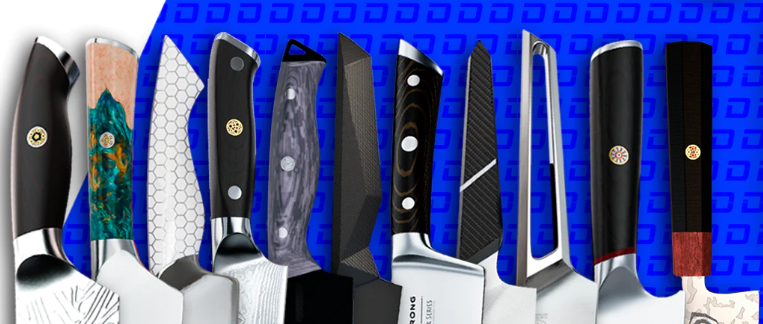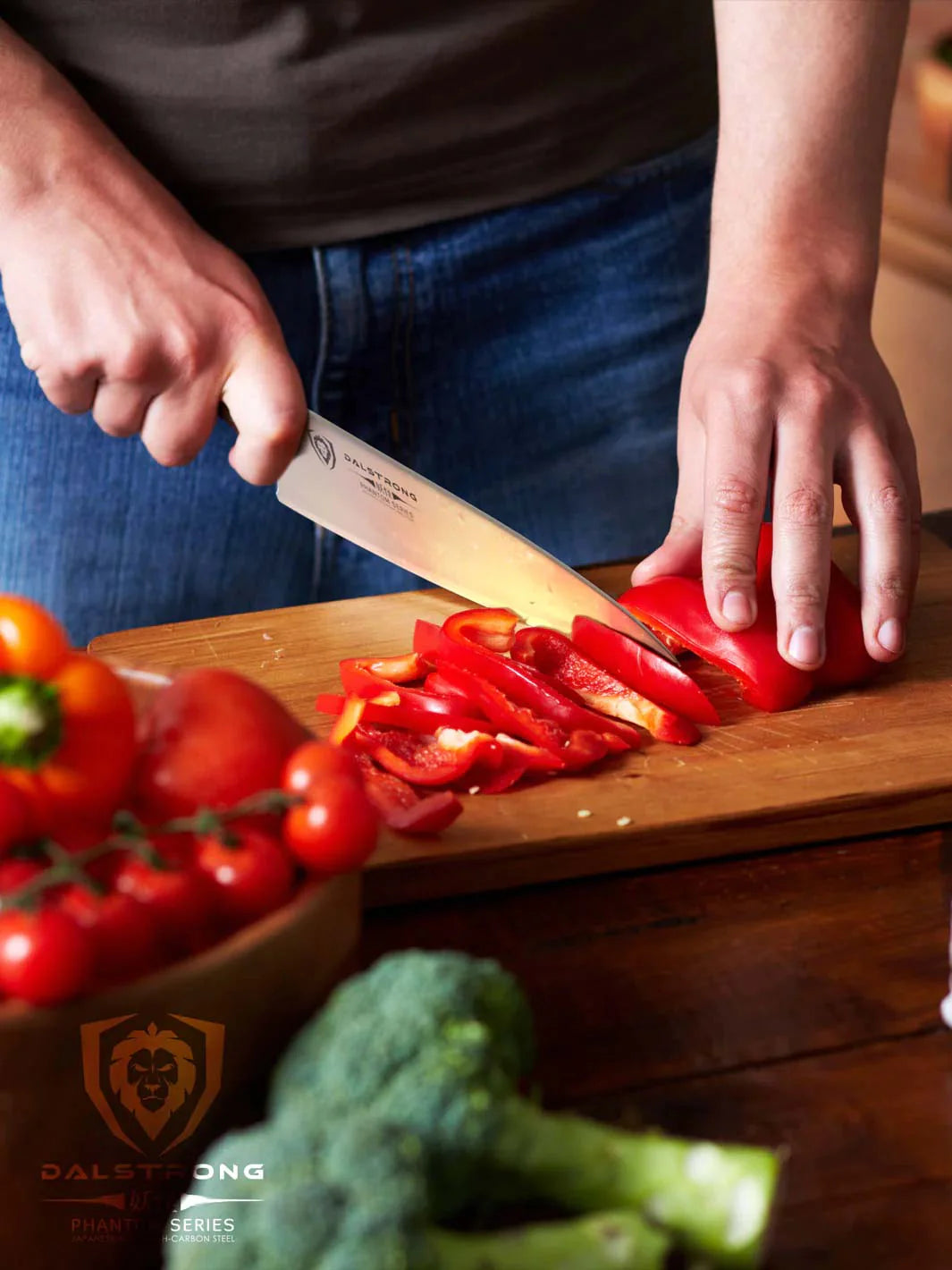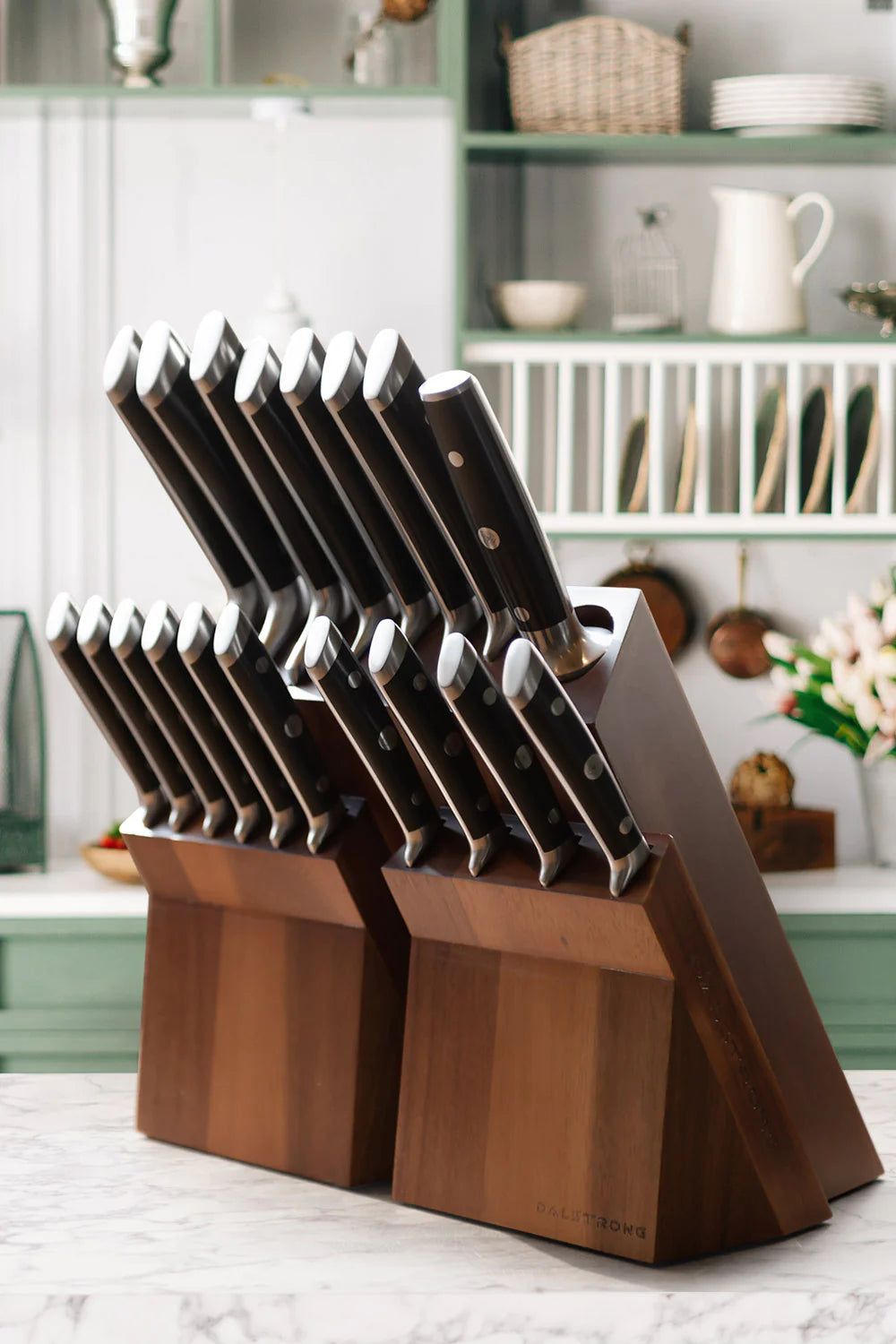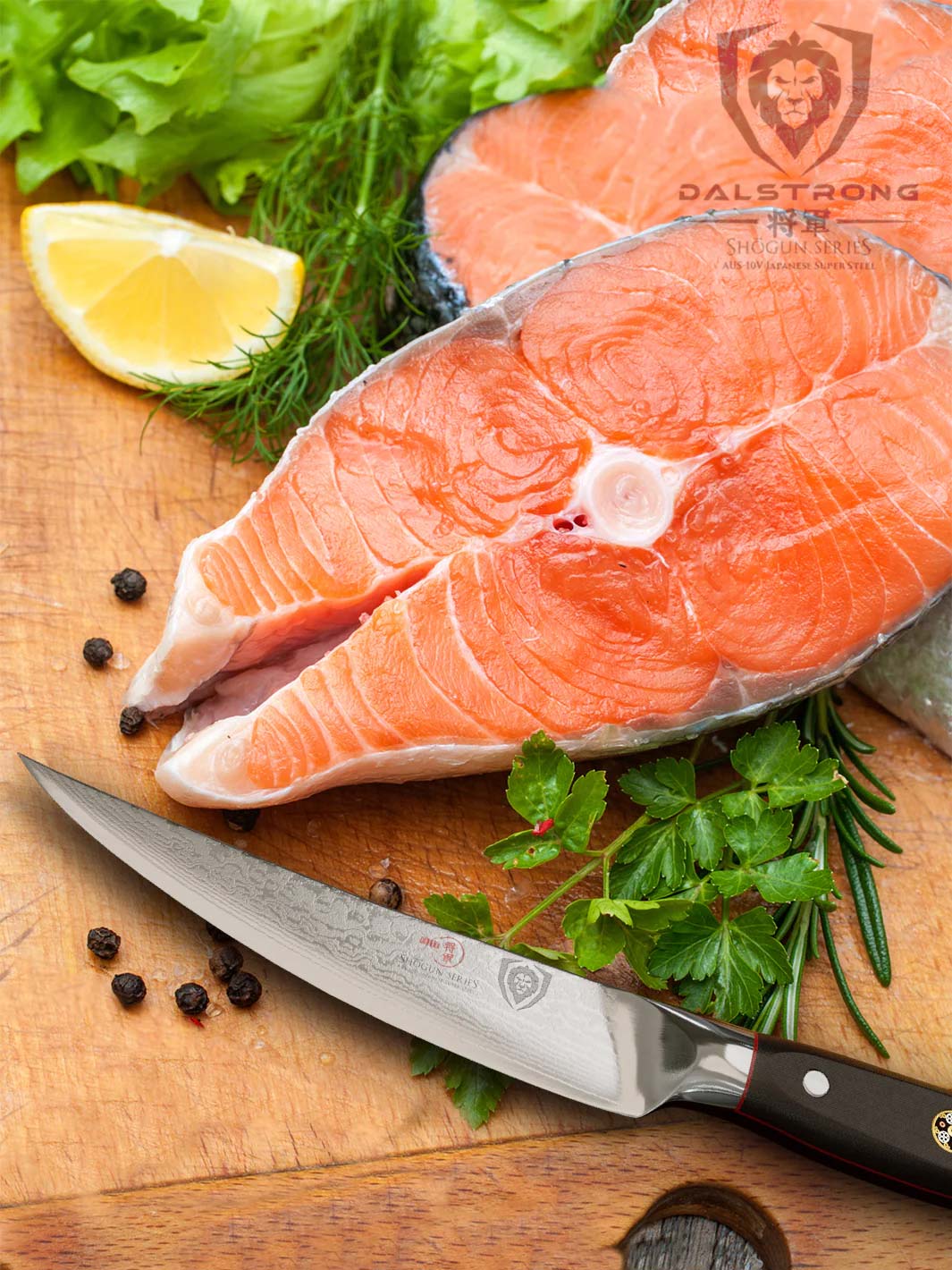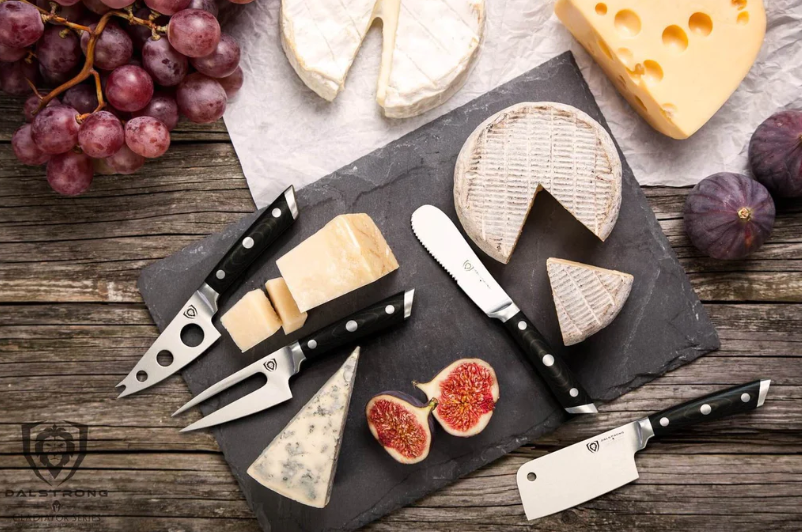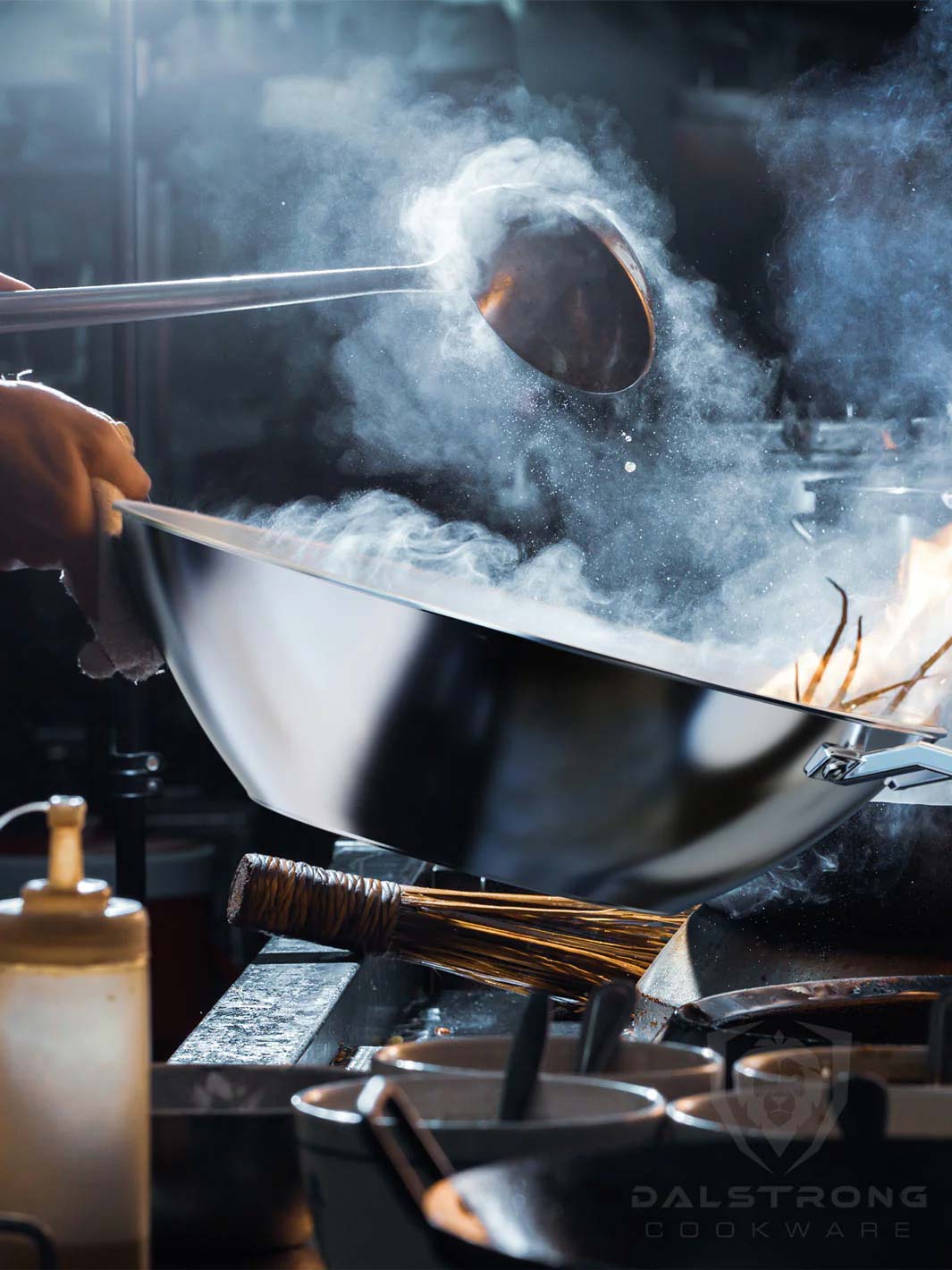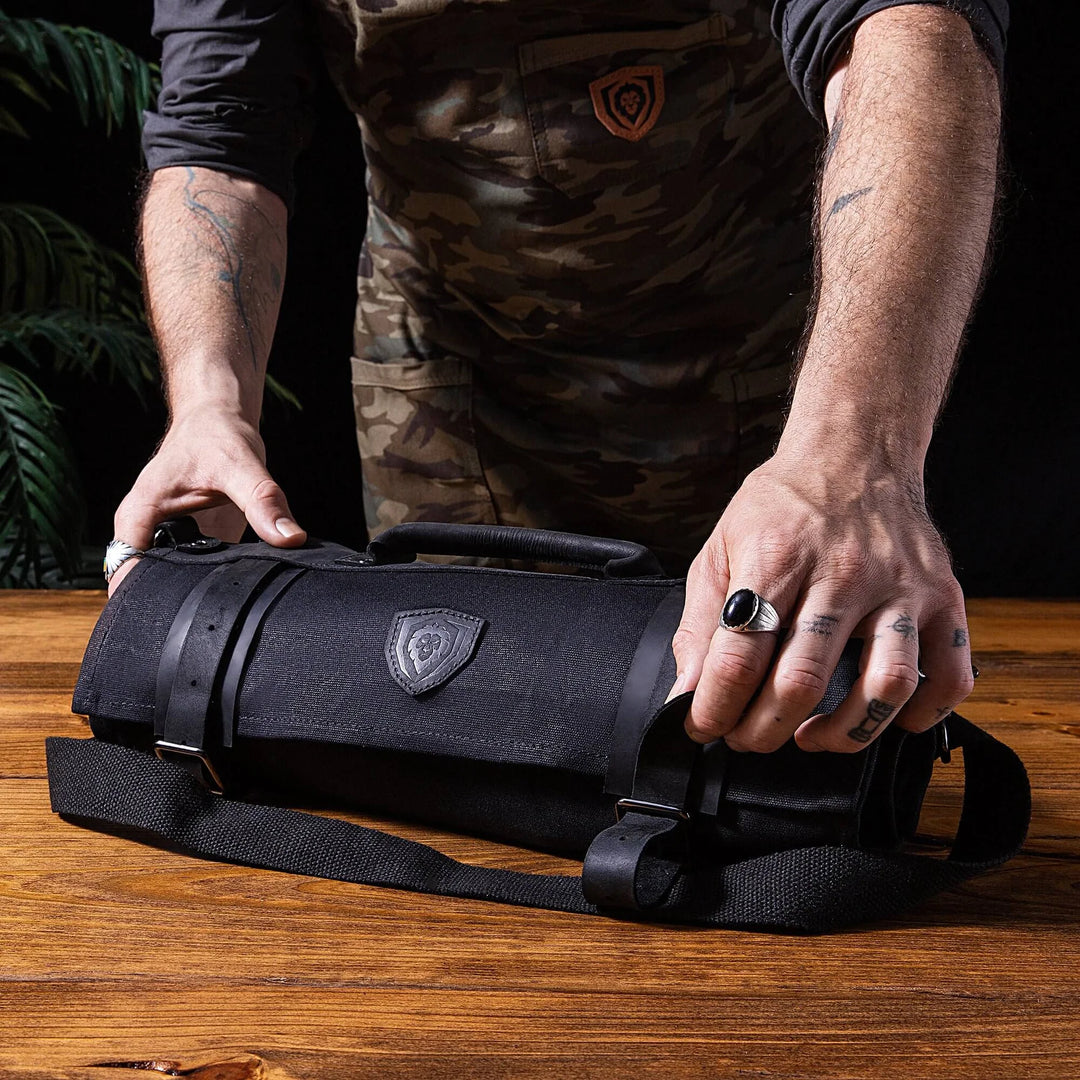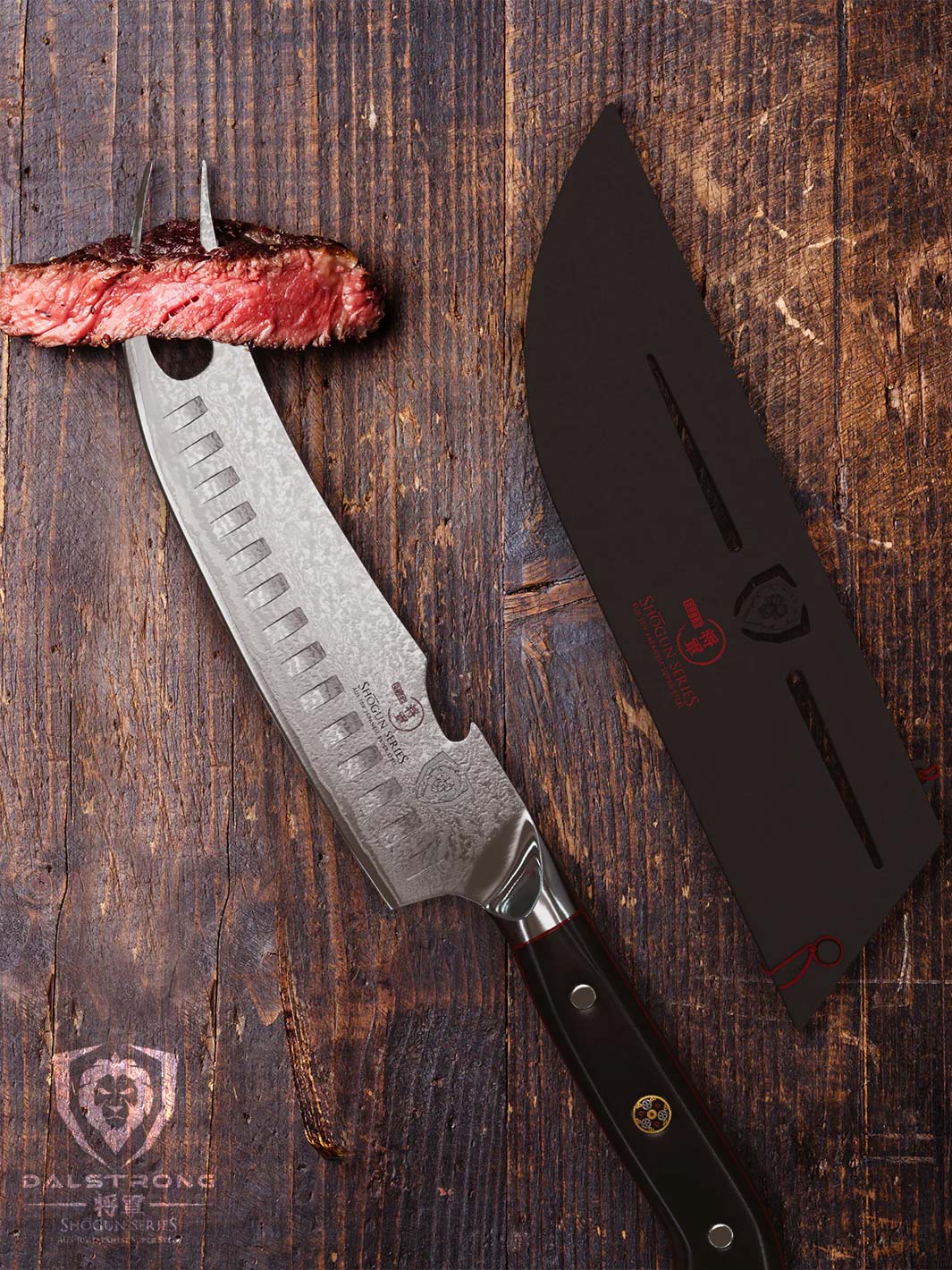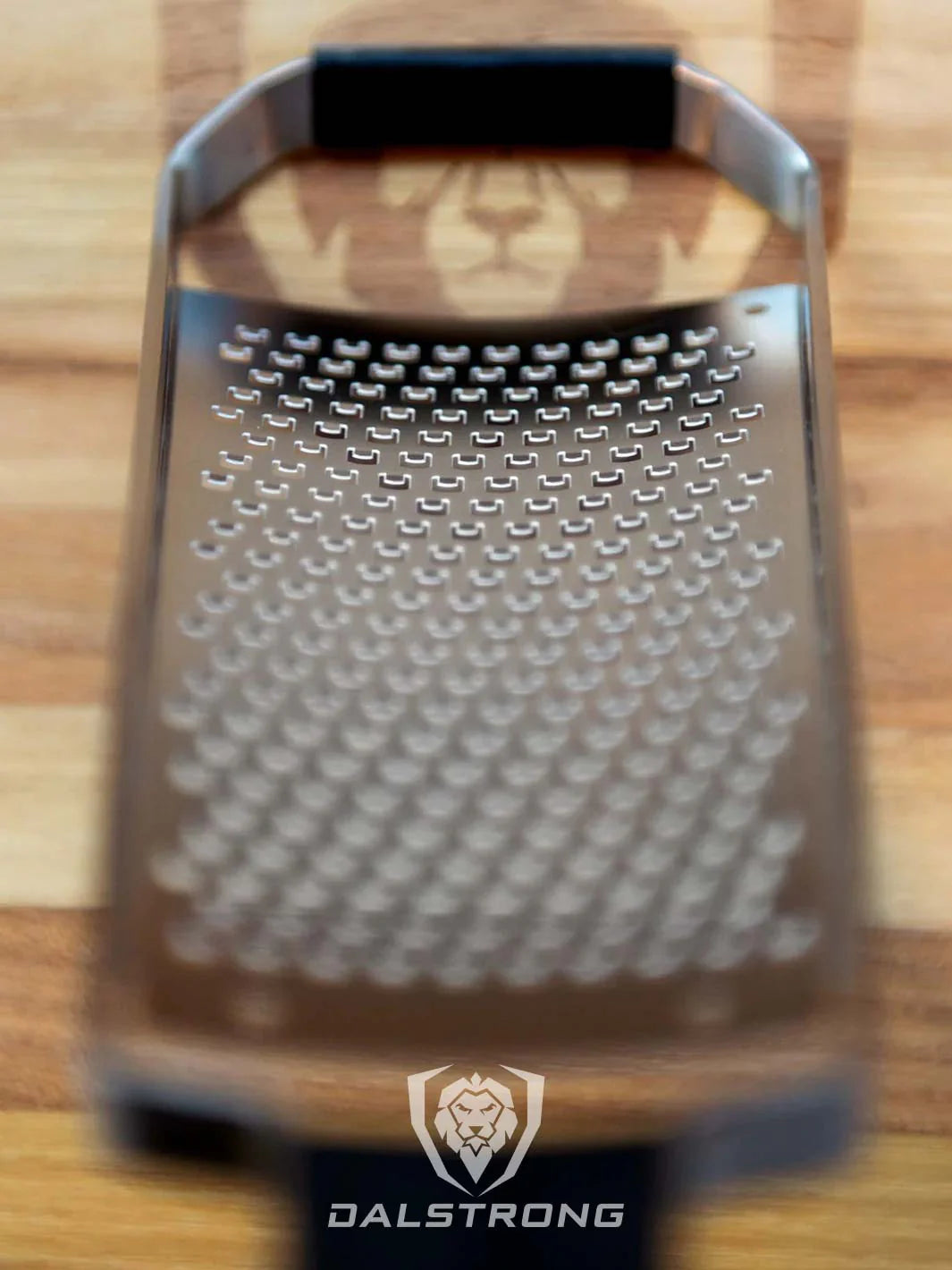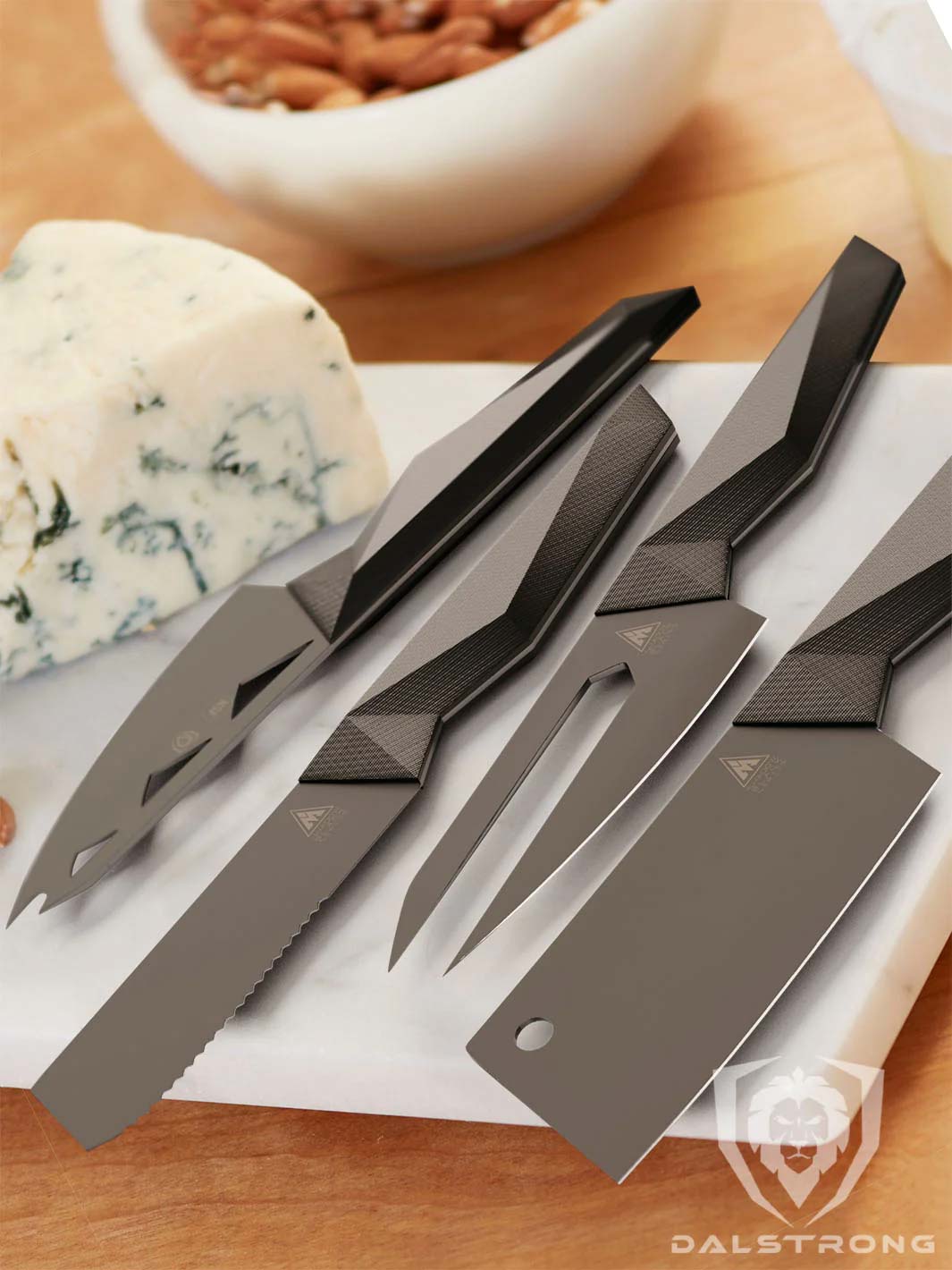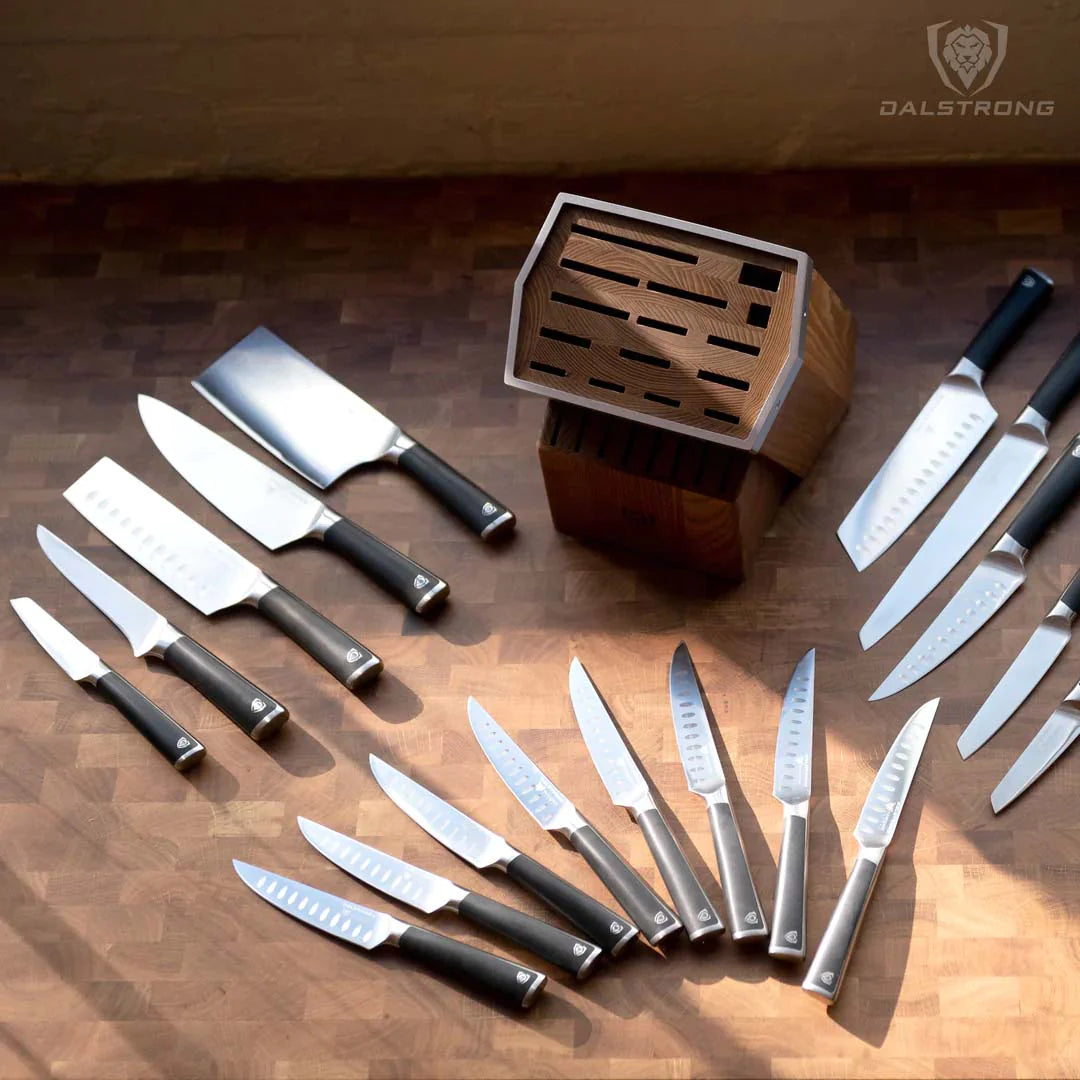How To Clean Cast Iron Cookware

Cast iron cookware has been a kitchen staple for thousands of years, but it isn't exactly low maintenance. If you’re considering buying yourself a skillet, or want to give new life to an old one, you’ve probably found yourself wondering how to clean cast iron.
If you care for cast iron and play by its rules, cleaning it is fairly straightforward. You should be able to rinse a cast iron skillet in warm water and wash it out with a little dish soap. Dry it carefully and add a thin layer of cooking oil with a paper towel.
Easy, right?
Not quite. There’s still a lot of work that goes into seasoning, cooking with, and caring for cast iron. You’ll want to know the ins and outs before you decide to invest in a cast iron skillet.
1. What is The Best Way to Clean Cast Iron?

Yes, it’s awfully tempting to cook a steak or bake a crispy pan of cornbread as soon as your cast iron skillet comes out of the box, but your new pan will need a little TLC first. Even though most modern skillets come pre-seasoned, you should still season your pan before putting it to use.
Seasoning is the process of creating a natural nonstick surface on your pan using a thin layer of oil. When oil is heated to the smoking point, its fatty acids oxidize and polymerize. This means that the oil goes through a chemical process that creates a plastic-like coating. This coating bonds with the metal and fills in any scratches, pits, or pores on the surface of the pan.
When it comes to seasoning a cast iron skillet, not all oils are created equal. You’ll want to use an oil with a high smoking point: if the smoking point is too low, your seasoned coating will begin to degrade whenever your pan gets too hot.
Experts agree that flaxseed oil and grapeseed oil are two of the best choices for seasoning cast iron pans. Flaxseed oil is the edible alternative to linseed oil, which is durable enough to be used as a varnish on oil paintings or wood floors. It polymerizes into a tough, natural nonstick coating, and lasts longer than the coatings created by other oils.
Flaxseed oil can be pricey though, so if you want a cheaper alternative that’s already available in your kitchen, you can opt for vegetable oil instead. Just remember to avoid using olive oil, which has a low smoking point. And, while bacon grease is commonly used, experts disagree on its efficacy.
To clean and season cast iron cookware, first wipe down your pan with a damp paper towel. Once you’re done, make sure the pan is fully dry by toweling it off or heating it over low heat. You never want to leave a cast iron pan to dry in a dish rack, since prolonged exposure to moisture can cause it to rust.
Next, preheat your oven. There’s no consensus on exactly how hot your oven should be, but most experts say that it should be between 350 and 500 degrees Fahrenheit. Make sure that the kitchen is well ventilated – you don’t want to set off any fire alarms when the pan starts to smoke!
Now, pour a tablespoon of your oil of choice into the bottom of the pan. Buff it in with a paper towel, and wipe away any excess. Too much oil will make the seasoned coating too thick and sticky. Ideally, the cast iron should have a slight sheen, not a mirror like shine.
Stick your freshly-oiled pan in the oven, and leave it for about an hour. Don’t be alarmed when the pan starts to smoke – that’s exactly what it’s supposed to do, and it means the seasoning process is underway!
Once you’ve cooked the oil into the pan, take it out and let it cool. You’ll want to repeat the seasoning process a few more times before using your cast iron cookware. You’ll know your pan is finally ready when it has a smooth, semi-gloss finish.
2. How Do You Clean A Cast Iron Skillet After Use?

So, we’ve covered how to initially season cast iron cookware – but you’re still probably wondering how to clean your cast iron cookware after use.
It’s not exactly straightforward. You’re probably used to pans you can use for cooking anything and toss in the dishwasher once you’re done. However, you need to keep cleanliness in mind before, during, and after you use your cast iron cookware.
Even if your cast iron pan is well seasoned, you should still be careful to avoid accidentally damaging the surface. Like aluminum and copper, cast iron cookware is reactive, meaning that it can be damaged by certain foods and might give delicate dishes a metallic flavor.
It’s best to avoid cooking acidic foods, like tomatoes, vinegar, citrus, or red wine, since these can react with the cast iron to degrade the seasoned surface and your food a metallic taste. Since cast iron retains oils from the foods you cook, foods with a strong taste or smell, like fish, garlic, or peppers, should be avoided, too.
You should also remember to make sure your pan is hot before adding food, since adding food to a cast iron skillet before it’s fully heated can cause the food to stick.
Always clean cast iron as soon as possible, preferably while it’s still warm. If you leave food to sit in a cast iron pan, it will stick and leave a mess. Rinse the pan in warm water and wipe it down with a dishcloth or nonabrasive scrub brush.
Many cast iron aficionados will tell you that you should never use soap to clean a cast iron skillet. This may have been true in your grandma’s time, when soaps contained harsh lye, but dish soap is mild enough that it shouldn’t hurt your pan. Yes, soap strips away oil and grease, but if your cast iron is well seasoned, soap won’t hurt the bonded finish.
Finally, using a paper towel and a little bit of vegetable oil, wipe down the cooking surface of your skillet. Make sure to spread it a thin layer and clean up any excess oil. Store your pan in a dry place to prevent rust.
3. How Do You Remove Buildup From Cast Iron?

If there’s any stubborn gunk left over after you’ve cleaned your pan, you can gently scrub the pan with coarse kosher salt and water. Kosher salt is abrasive, but gentle enough that it won’t scratch the seasoned coating.
Once you’ve removed any leftover food from your pan, dry it carefully. You’ll want to remove all traces of salt and water. There’s nothing like the combination of salt and water to make cast iron rust. If you want to be extra cautious, you can dry the skillet over low heat.
Cleaning your pan with kosher salt shouldn’t be an issue, but if you’re wary of rust, a non-abrasive scrub brush is a good option, too. If you want to get fancy, you can buy special chainmail scrubbers for particularly difficult stains. However, use metal scrubbers with caution. They can be harsh, and it doesn’t hurt to re-season your pan after using one.
Never use steel wool when cleaning cast iron. Unless you’re stripping your skillet down completely, wool will damage the pan. It’s also important to note that all metal scrubbers are a no-go for stainless steel, aluminum, and nonstick pans.
4. Can You Ruin A Cast Iron Pan?

While cast iron is an incredibly durable material that can last generations, it is not totally indestructible. You should always be careful with your skillet to avoid cracks and rust and dry your pan thoroughly.
Though cast iron may seem sturdy, it’s actually a fairly brittle material that can crack or even shatter if dropped. Never use a cast iron pan with a crack in it. The heat will make matters worse, and your pan could end up breaking mid-sauté – a recipe for disaster.
Furthermore, cast iron rusts extremely quickly, especially without a seasoned coating. Whether you’re new to cast iron or have an extensive collection, it bears repeating: never, ever put your cast iron skillet in a dishwasher. While modern stainless steel pans can survive a high temperature power scrub, dishwashers create a perfect storm of heat and moisture that will strip a carefully seasoned surface and rust the pan.
If your pan does rust, it’s possible to bring it back to its former glory with the help of steel wool and careful re-seasoning. However, cleaning a seriously rusted cast iron pan might be more trouble than it’s worth so try to prevent rust as much as possible.
5. How Do You Remove Rust From Cast Iron?

Ok, so maybe you broke the cardinal rule of cast iron cookware and (gasp!) put it in the dishwasher, or maybe you inherited an heirloom cast iron skillet that needs some love. How do you clean rust from cast iron?
Assuming the skillet isn’t covered in rust, you don’t need to throw it away just yet. Still, restoring it is going to take a lot of elbow grease (and regular grease, too). Take a piece of steel wool and buff away the rust and gunk. You should be able to smooth out the surface and remove crusty buildup.
Once you’ve thoroughly washed and dried the skillet, it’s time to season it. Since so much of the seasoned surface has been stripped away, you’ll need to re-season the pan multiple times, a process that can take hours.
If you want to go extra hard, you’ll need to totally strip the cooking surface. The most straightforward method is using a self-cleaning oven or an outdoor grill. Cook the skillet at a high temperature for several hours.
Once it’s done, it will be covered in a layer of burnt, rust-like residue. It’s not rust, though – it’s old seasoning! Use steel wool to scrub down your skillet until the burnt seasoning is gone. It’ll likely take some time, effort, and muscle power. If you’ve stripped your pan, seasoning is extra important.
Be sure to repeat the seasoning process five or six times to develop a thick nonstick surface.
6. Alternatives To Cast Iron
Avalon Series 6 Piece Cookware Set
Cast iron isn’t for everyone. Maybe you’re not a fan of pans with rules, or simply don’t have time to stress about maintaining a skillet. Maybe you want an upgrade from medieval cookware technology and just prefer a more modern aesthetic. If cast iron seems like too much of a hassle, you can always opt for a stainless steel or nonstick pan instead.
Stainless Steel Cookware
Like cast iron, stainless steel is an incredibly durable material. A quality stainless steel pan will last you a lifetime, and you’ll never have to worry about rust. Stainless steel is also more versatile – you don’t have to worry about avoiding specific foods. Since it’s a nonreactive material, delicate flavors won’t be tainted with a metallic taste. Plus, stainless steel can cook foods like tomatoes, citrus, and fish without a problem.
Stainless steel is generally lighter weight, too, making it the best choice if you want a pan that will be easy to maneuver around your kitchen.
Dalstrong Avalon Series 9” Skillet
The Dalstrong Avalon series 9” frying pan and skillet combines the classic skillet skillet shape with the advantages of modern technology. The five ply core layers copper and aluminum between stainless steel, maximizing the advantages of all three metals. Copper and aluminum improve the responsiveness and heat conducting abilities, while stainless steel provides strength and durability.
Aesthetically, this pan is a showstopper. The design satisfies both form and function, with an elegant hammered finish that comes in both silver and black. But it’s not just pretty - it’s practical, too.
The vented, stainless steel lid is perfect for simmering sauces and steaming vegetables, while the dual-handled design and flared lip mean you can easily pour out the contents without worrying about messes or drips. The skillet is oven safe up to 600 degrees Fahrenheit, and, unlike cast iron cookware, you’ll never have to worry about damaging it in the dishwasher.
Nonstick Cookware
Though stainless steel is much less fussy to clean than cast iron, you might occasionally have issues with food sticking to the surface. While seasoning stainless steel isn’t the necessity that it is for cast iron, it’s still a great idea if you want to make your cookware extra resistant to stains and stuck food. However, if you’ve got a busy lifestyle (or just hate cleaning up) and want a pan that will be a breeze to clean, you can opt for a stainless steel clad nonstick pan instead.
When buying nonstick cookware, you’ll always want to look for options that are PFOA and APEO free. Over time, coatings containing these chemicals will break down and get into your food. They’re terrible for both your body and the environment, and mean that your nonstick pans have limited lifetimes. However, there are alternatives if you’re in the market for a pan with nonstick coating. Eterna nonstick coating does not contain PFOA or APEO, and will last for years.
Dalstrong Oberon 12” Frying Pan and Skillet
If the high-maintenance nature of cast iron puts you off and you decide to go for something stress-free instead, opt for the Dalstrong 12” frying pan and skillet with Eterna nonstick coating. The three ply stainless steel aluminum core cladding has impressive conductivity, so the pan heats quickly and cooks evenly.
This straightforward, cost-effective pan is particularly well suited for families. After all, who has time for seasoning skillets or scrubbing away gunk when you’ve got kids to wrangle? The large size means you can cook large batches of food, perfect for anyone with a lot of mouths to feed, and since it’s PFOA and APEO free, you’ll never have to worry about toxins. Of course, This pan is great for chefs who like to entertain, too – or anyone who loves food but hates cleaning.
If you don’t like to cook for a crowd, opt for the 12” pan’s smaller cousin, the 9” frying pan and skillet. It’s the perfect size for fried fish or savory omelettes, and the Eterna nonstick coating will make
Cookware Sets
If you’re just learning to cook or want a quality upgrade from your old cookware, you’ll find everything you need in a Dalstrong cookware set. The six piece Oberon series cookware set, which features not only a sleek 9” frying pan, but also a 12” saute pan and five quart pot, is a great place to start. If you’re looking to revamp your entire cookware collection, you can’t go wrong with the twelve piece Overon series cookware set. This set comes with two frying pans, plus a posse of pots. To add an extra professional touch to your kitchen, invest in accessories like a quality apron or sturdy teak cutting board.
7. Conclusion

Using and caring for cast iron cookware can be a rewarding experience. There’s no denying the rugged, classic look of cast iron cookware. It’s affordable, and it’s great for anyone who loves an intensive DIY project. That said, it’s also a lot of work. If you’re considering switching to cast iron, take your time, do research, and consider other options, too.
Bonded stainless steel or carbon steel offers a great alternative. Thanks to modern technology, you no longer have to sacrifice the heating abilities and versatility of cast iron for a low maintenance pan.
Shop Dalstrong Cookware Today
You can also check in with our Expert Cookware Finder Quiz and get specific recommendations based on your needs.
Written by Cassie WomackBased in Richmond, Virginia, Cassie enjoys trying challenging new recipes with her cat for company.


















































































































































